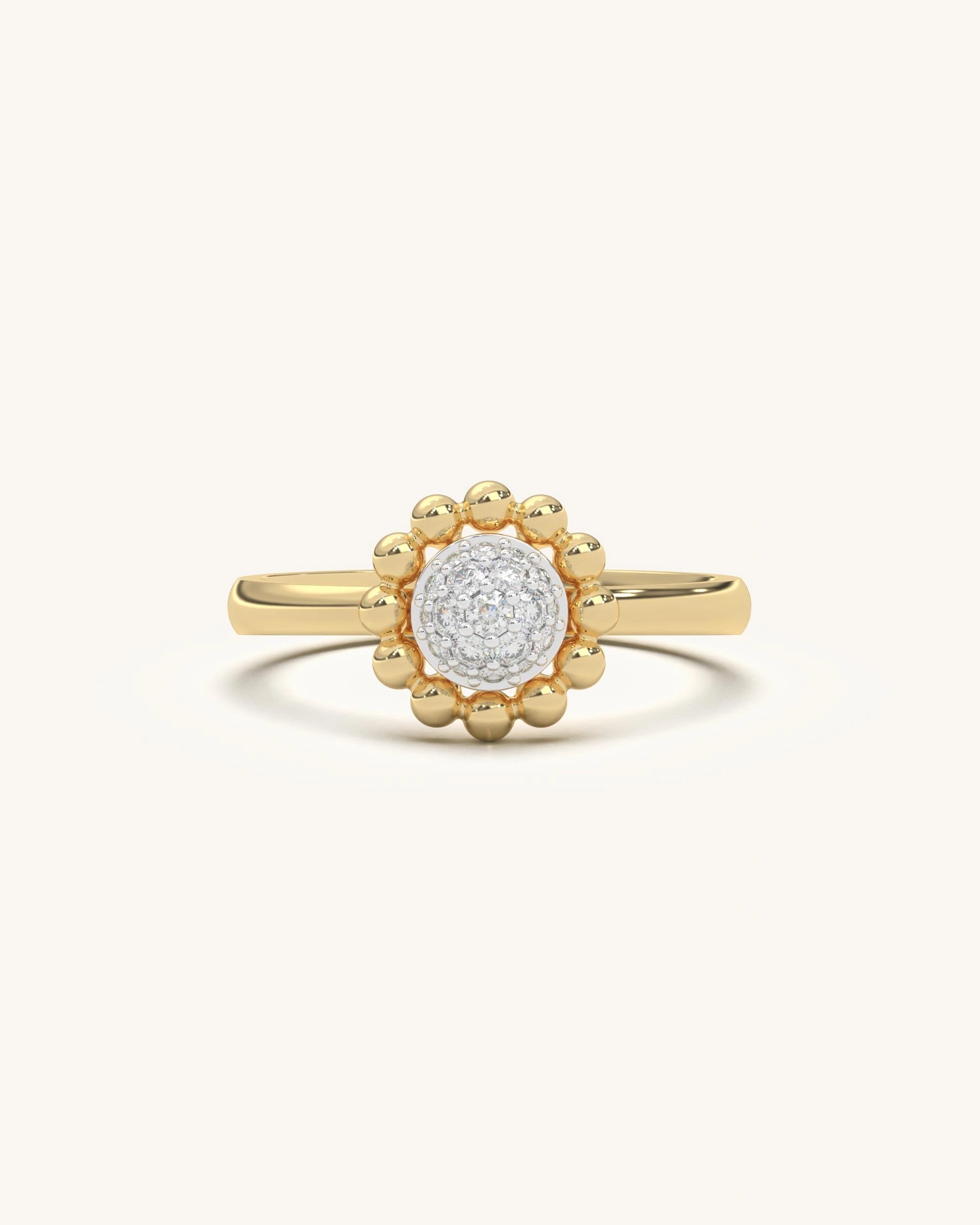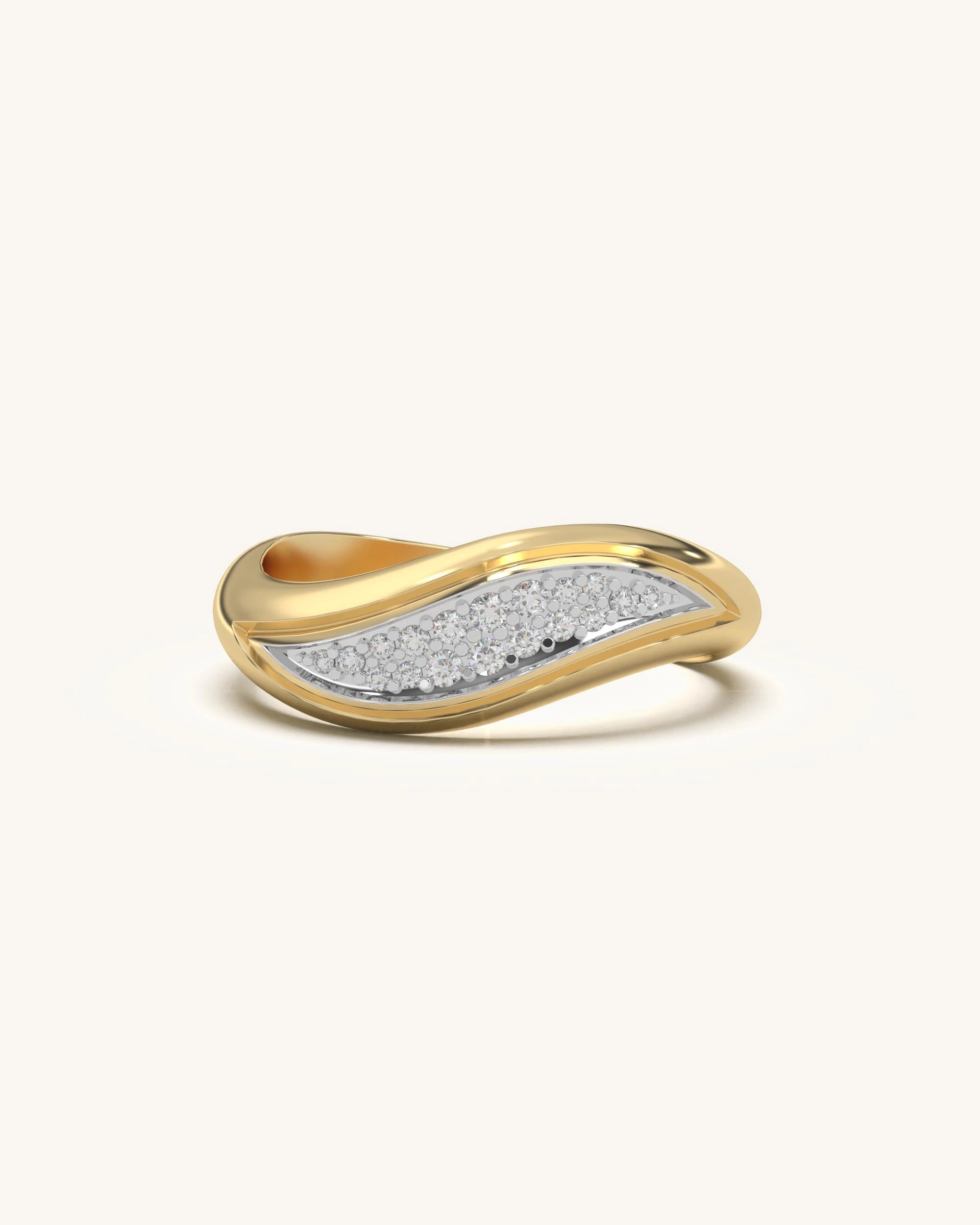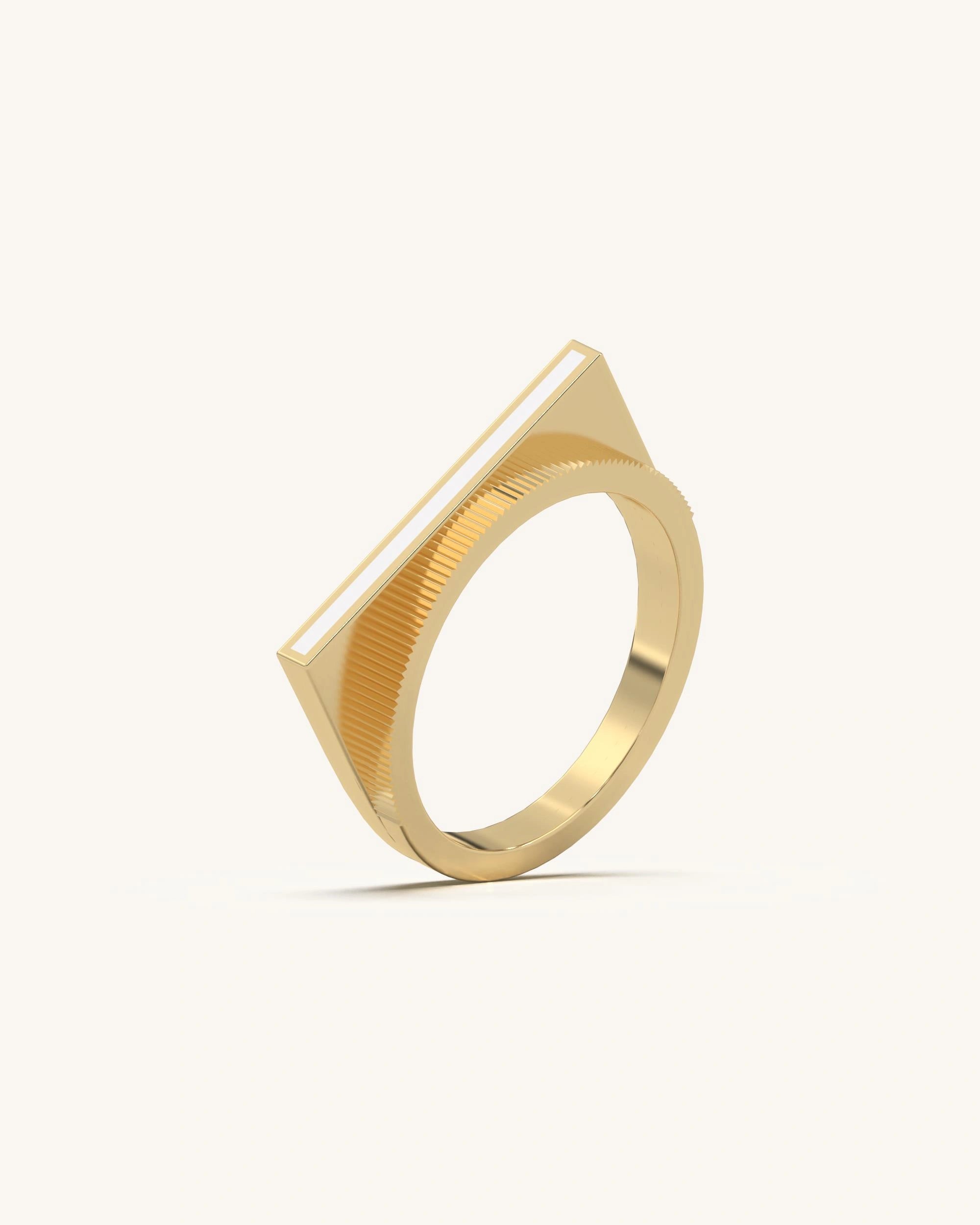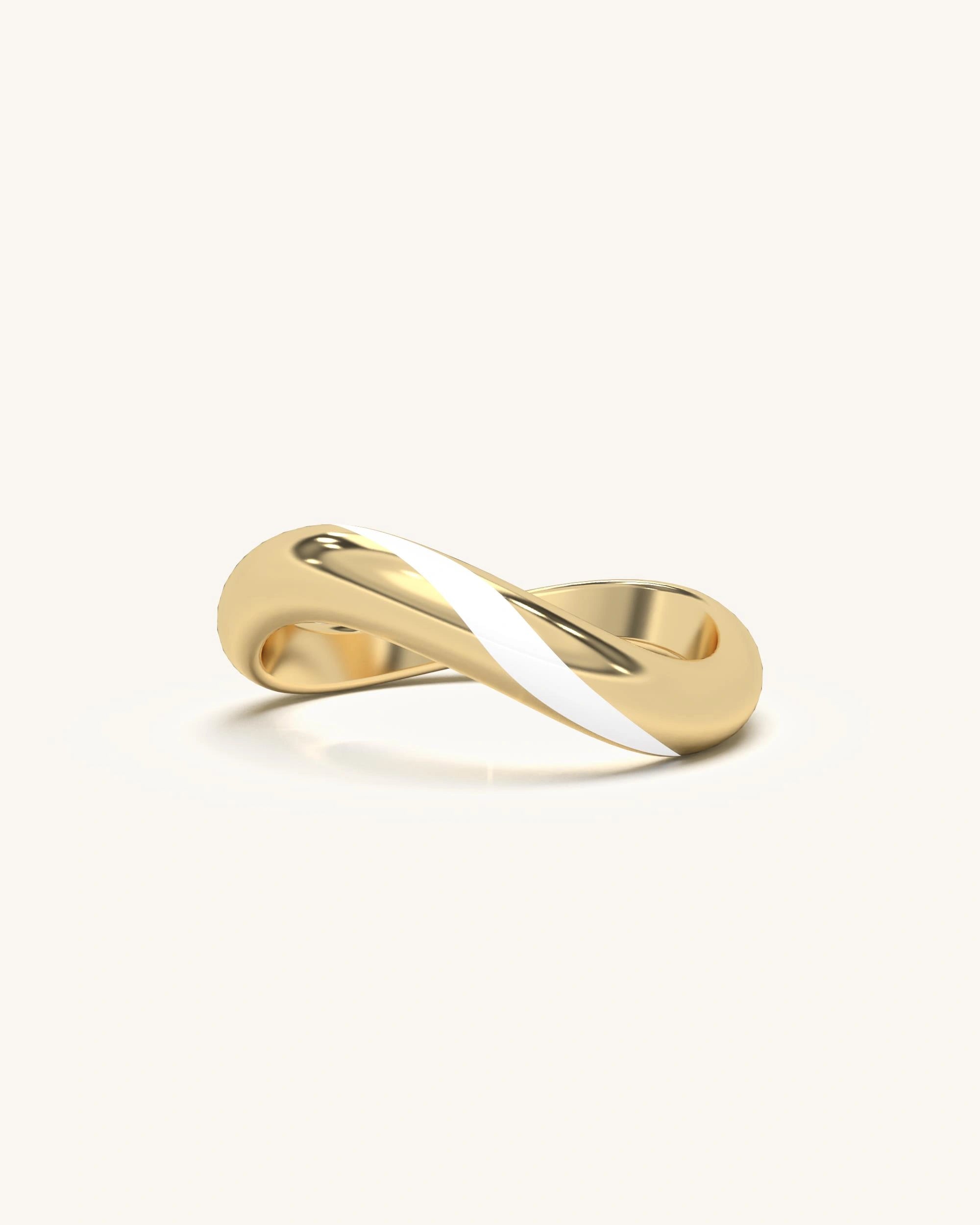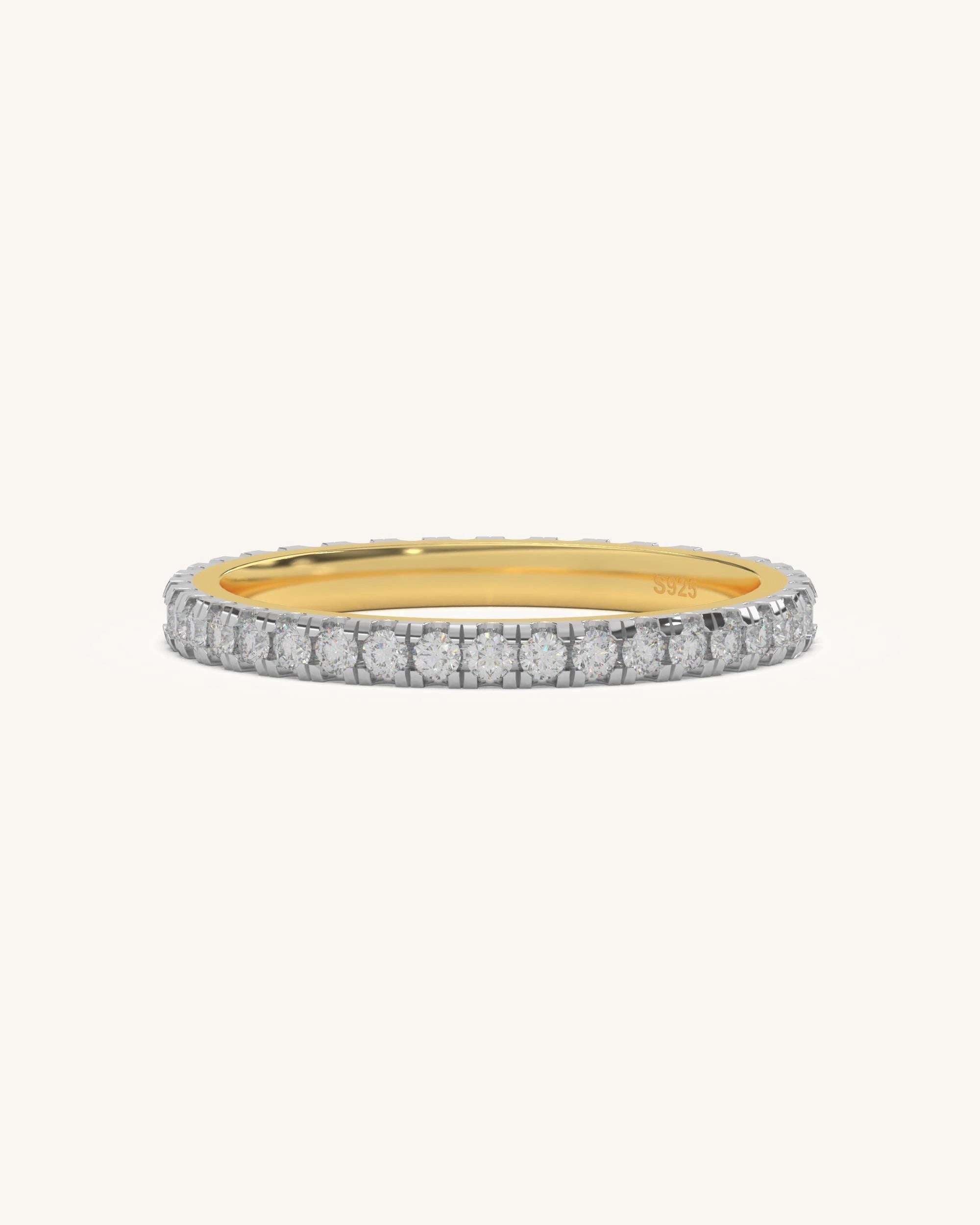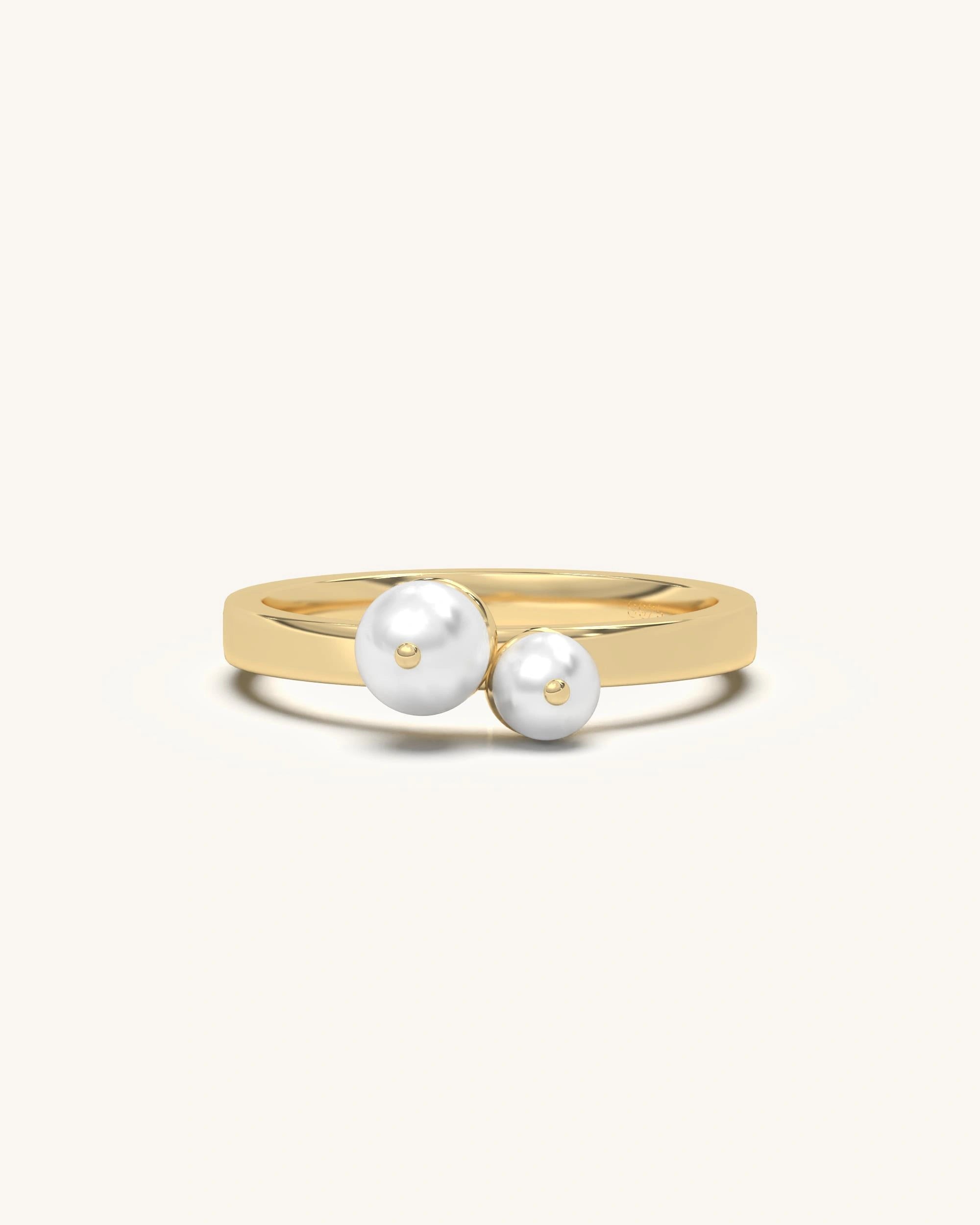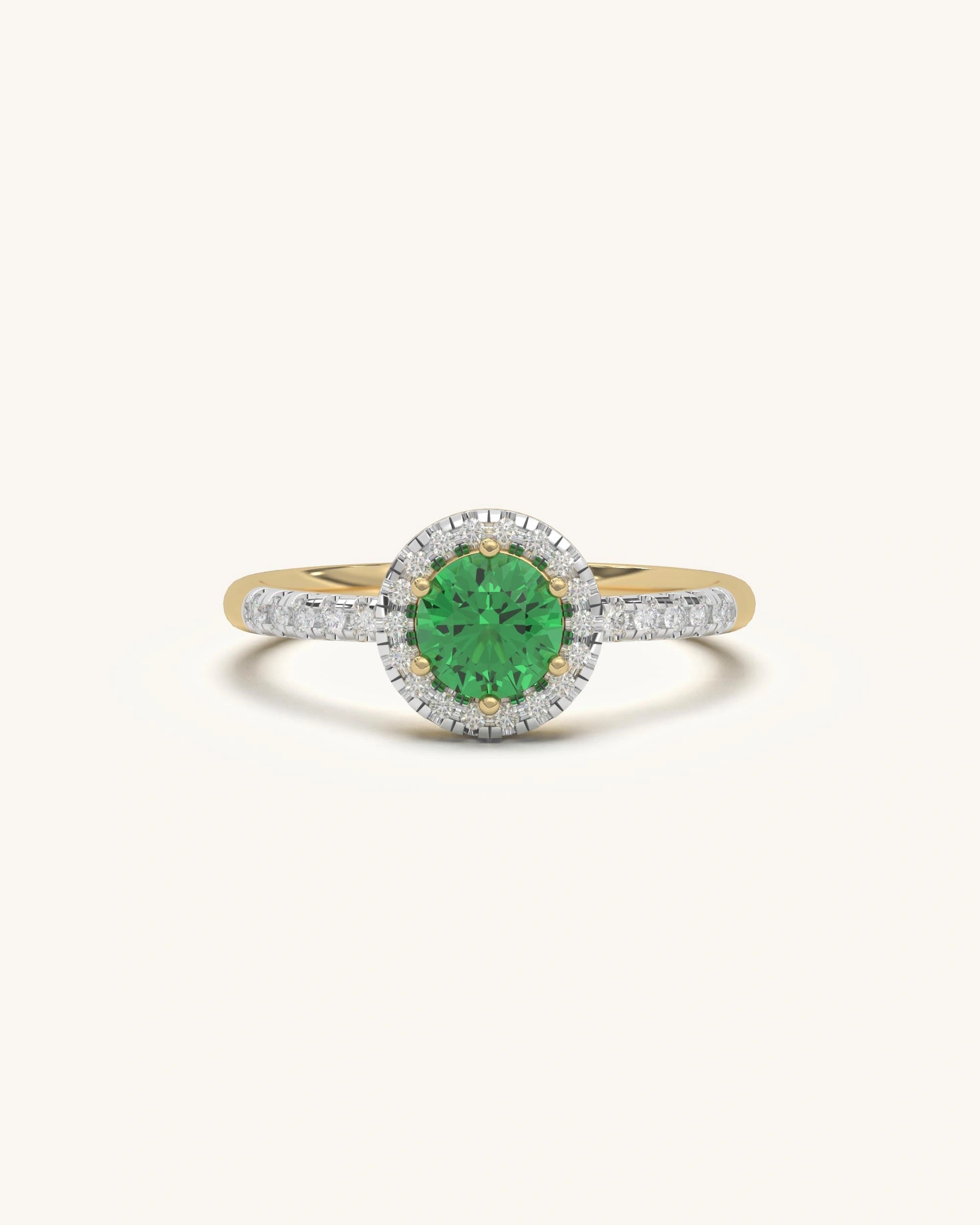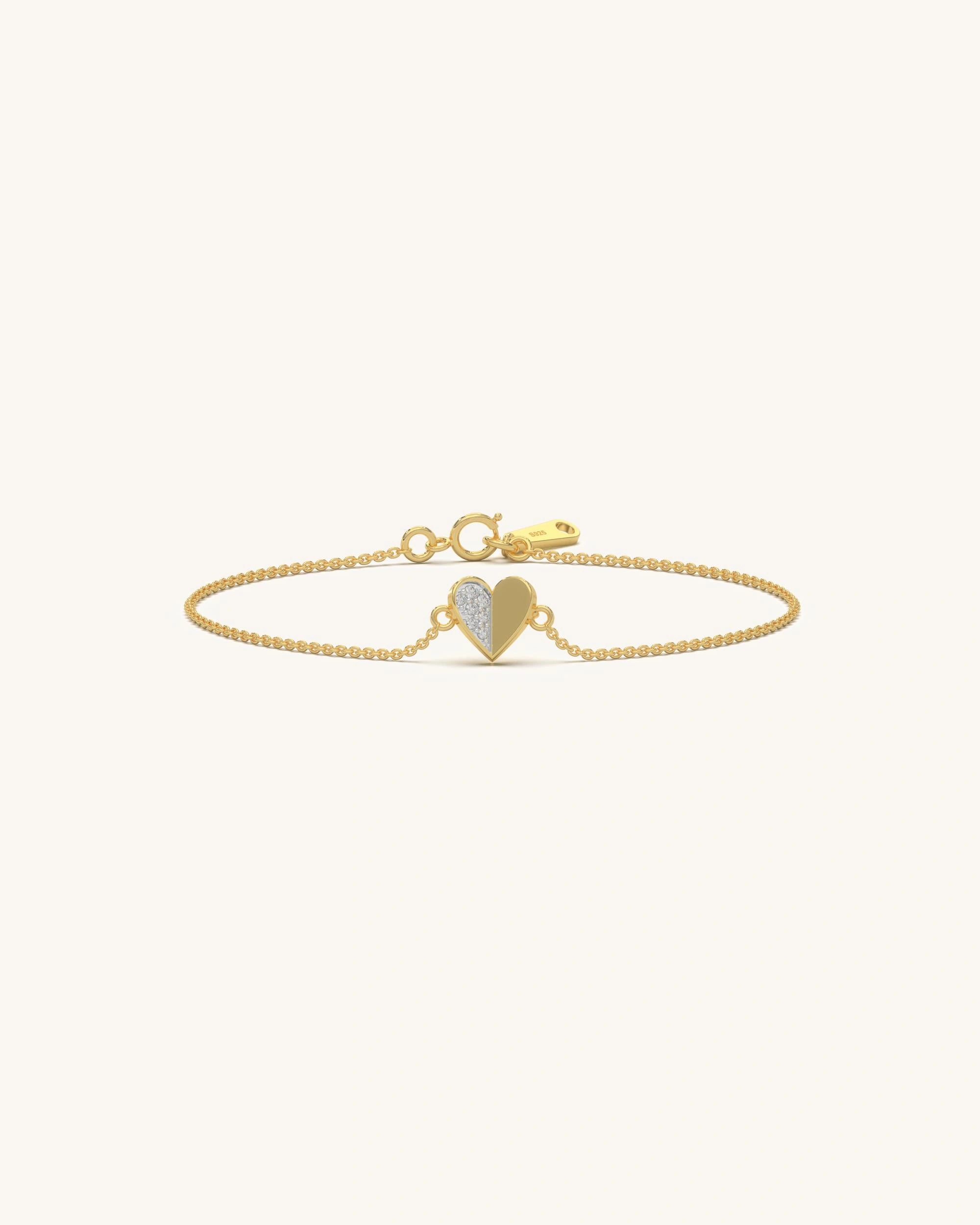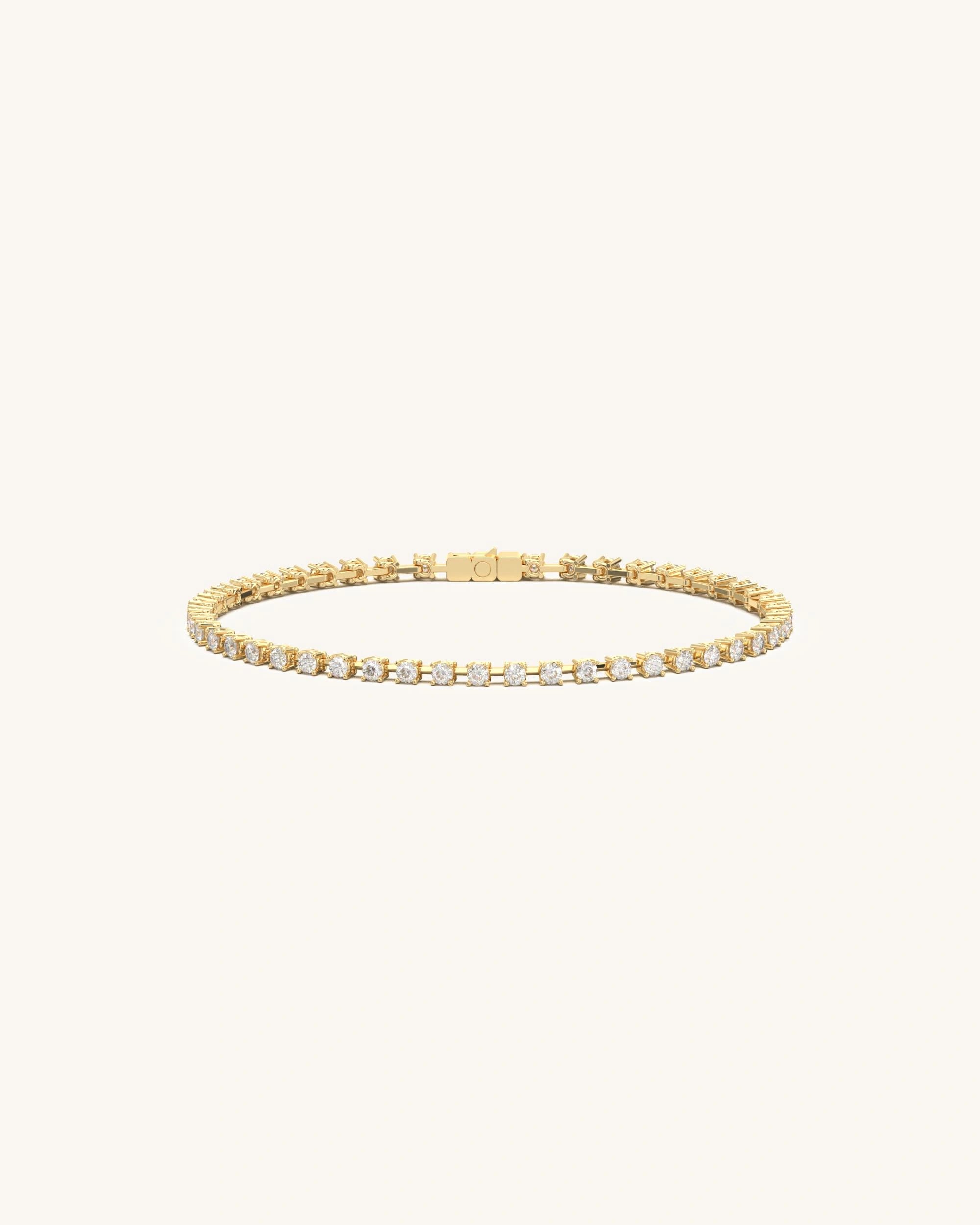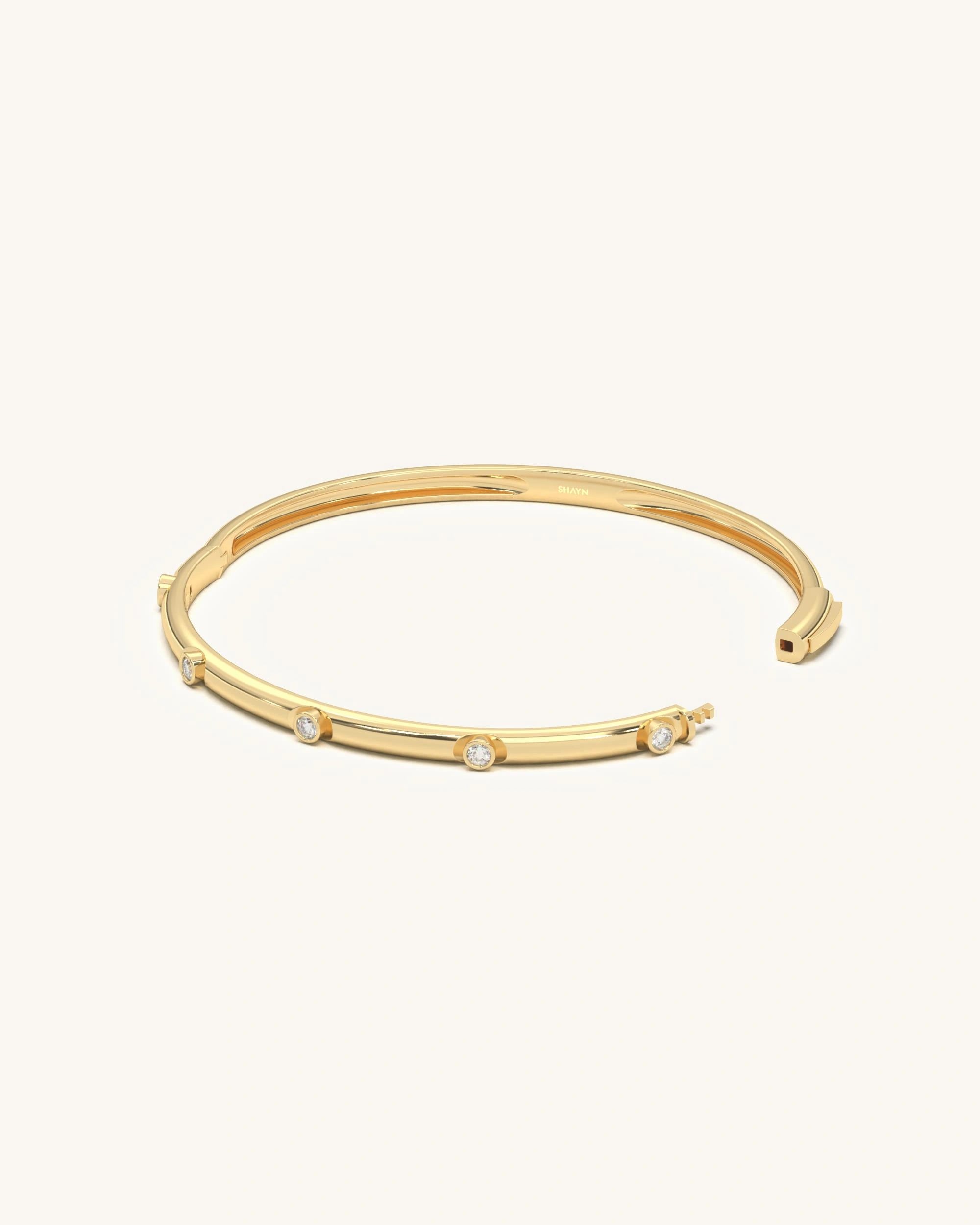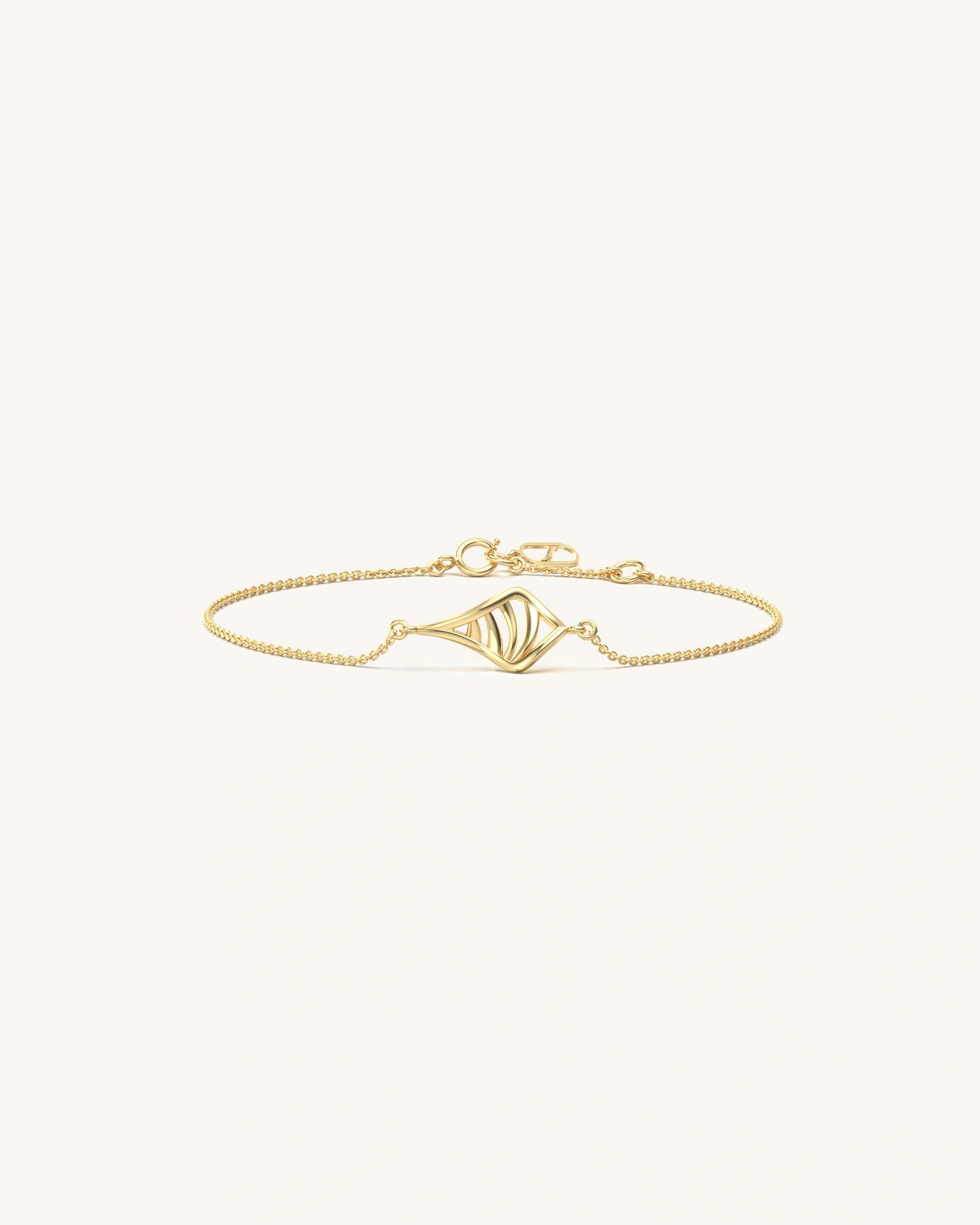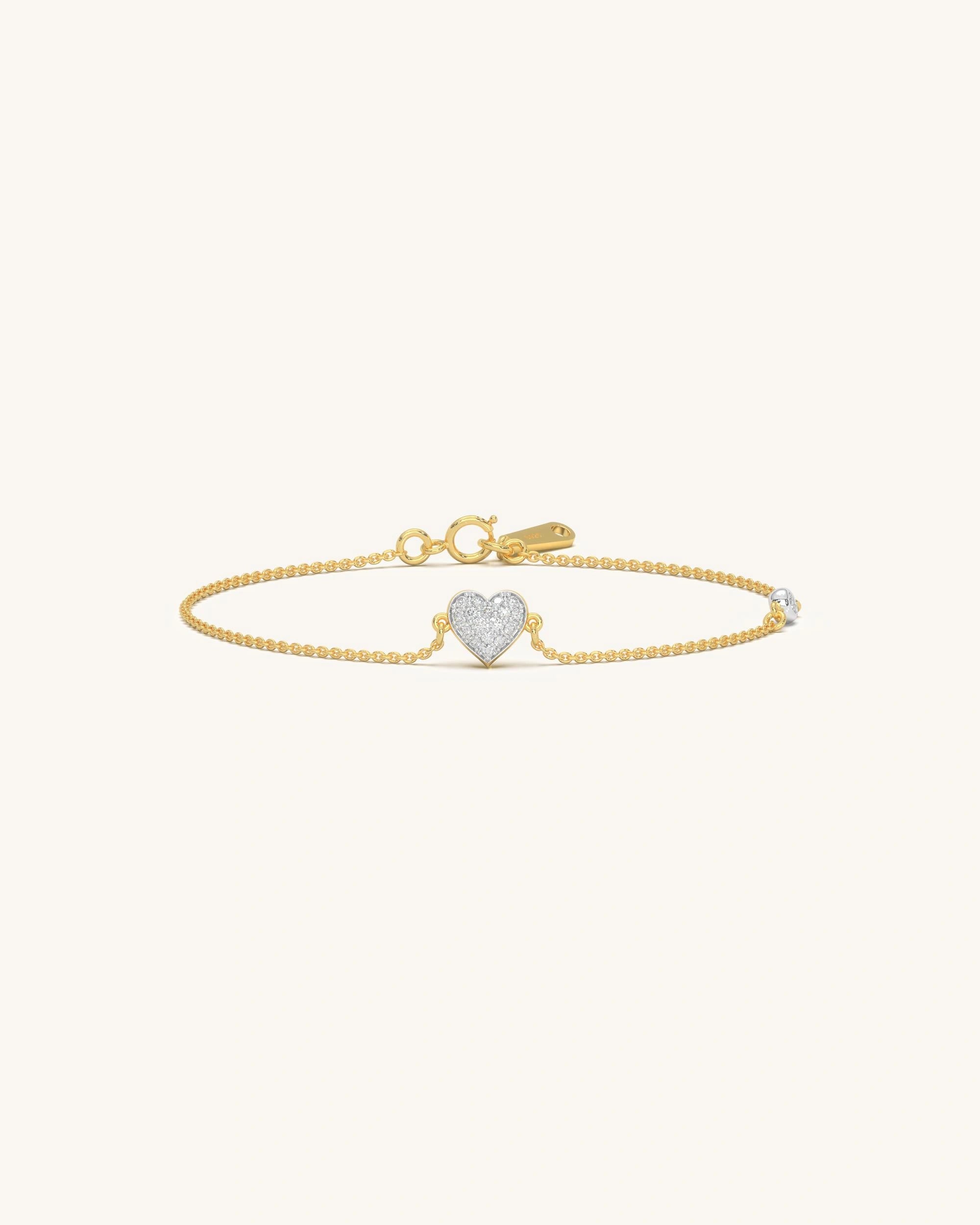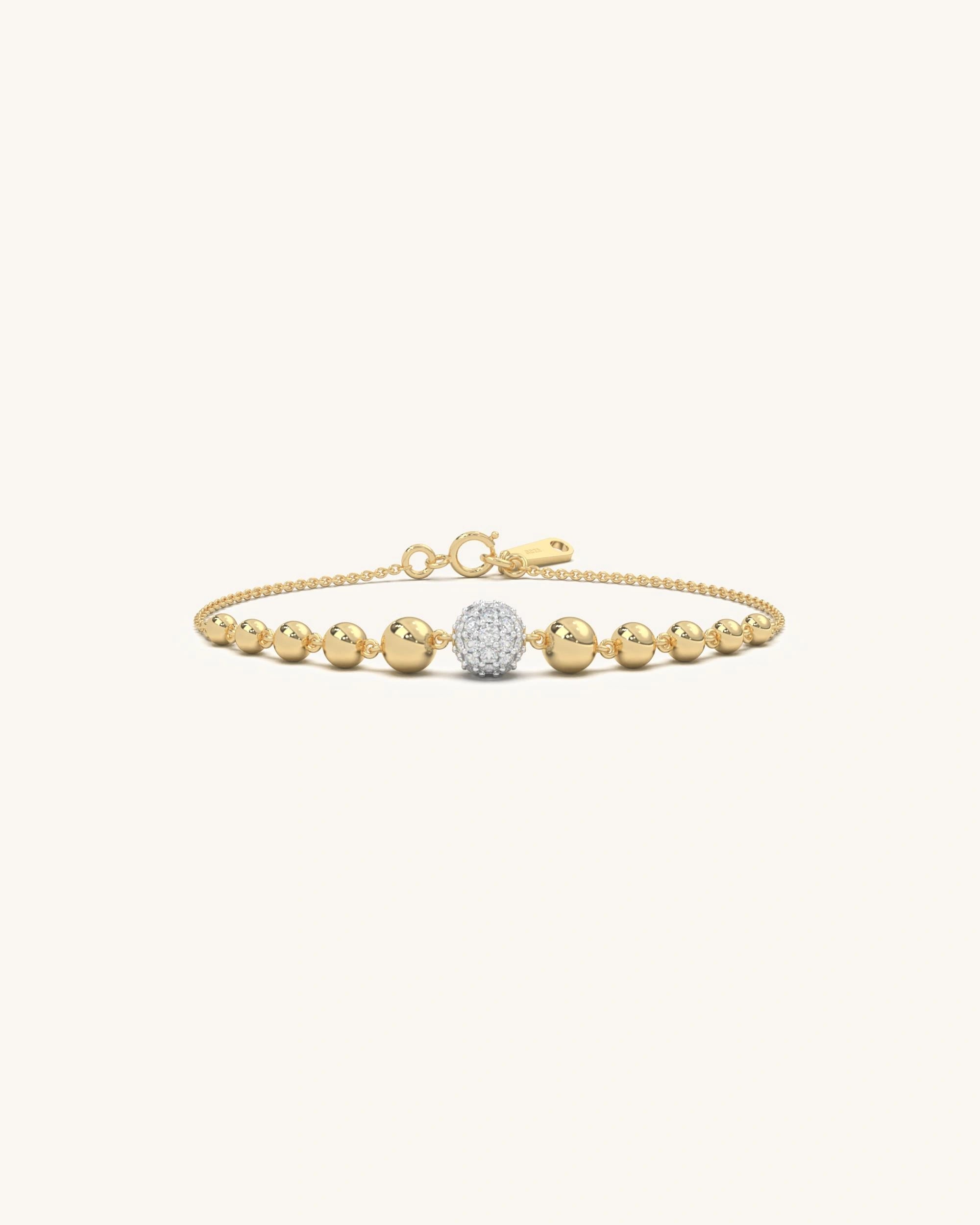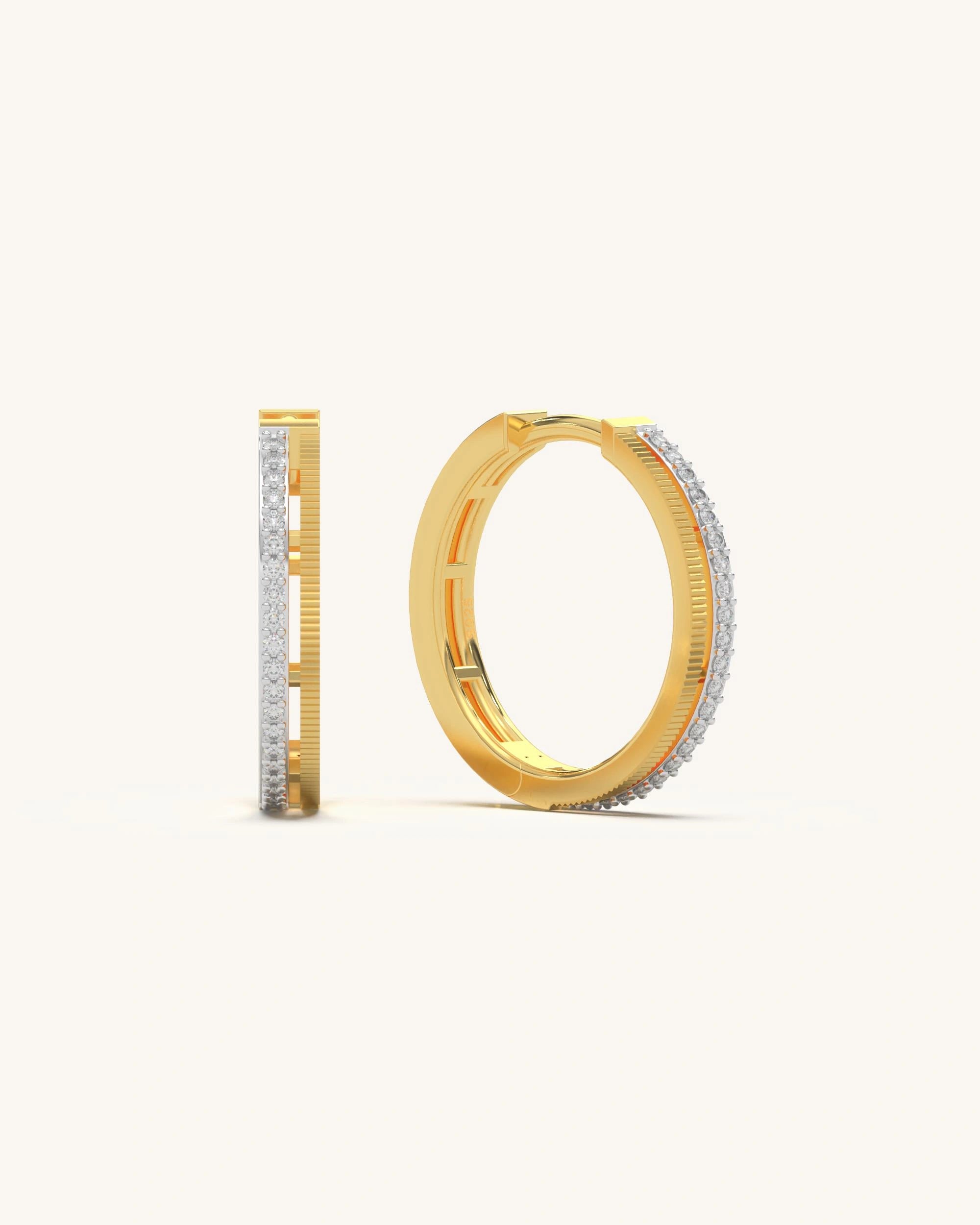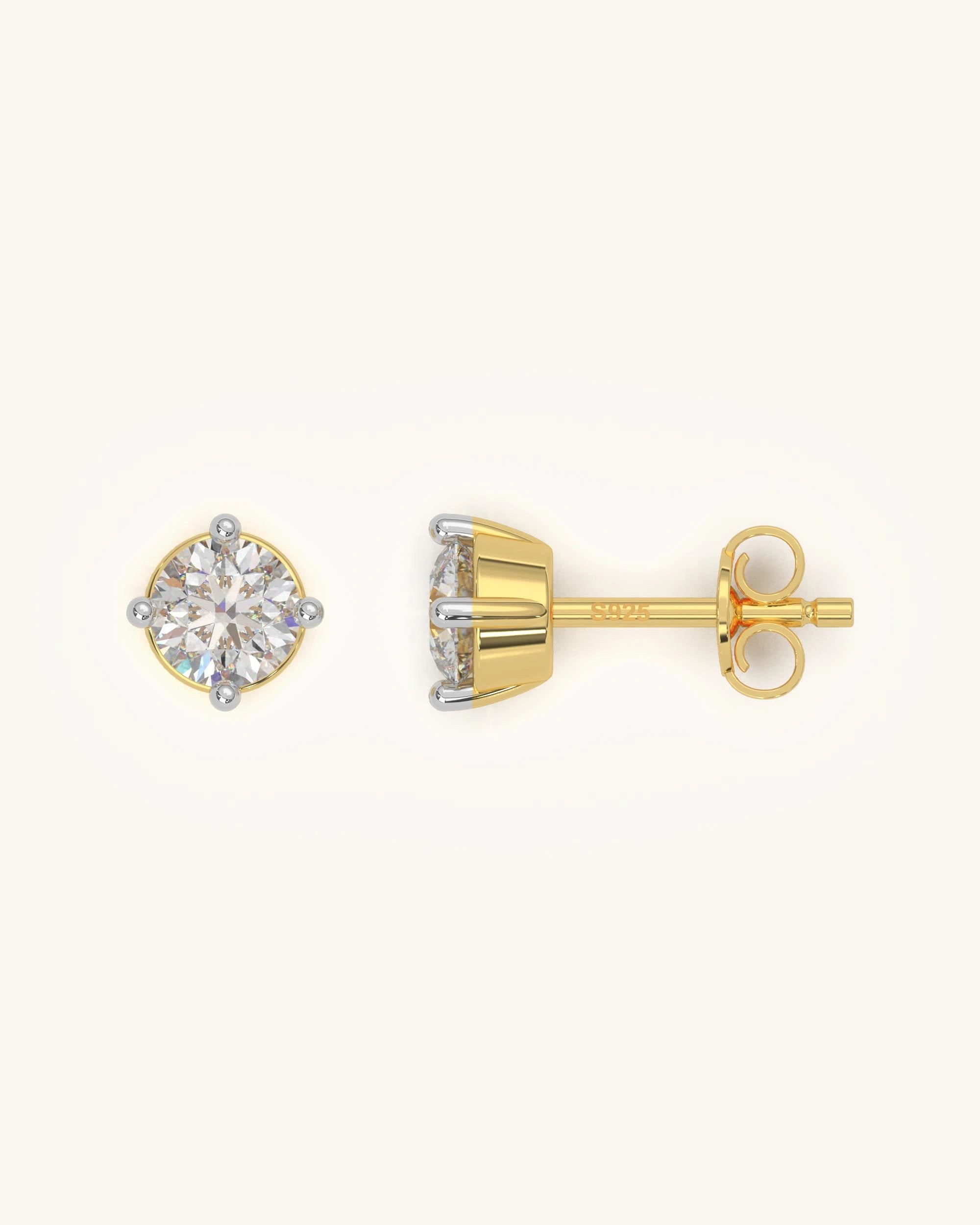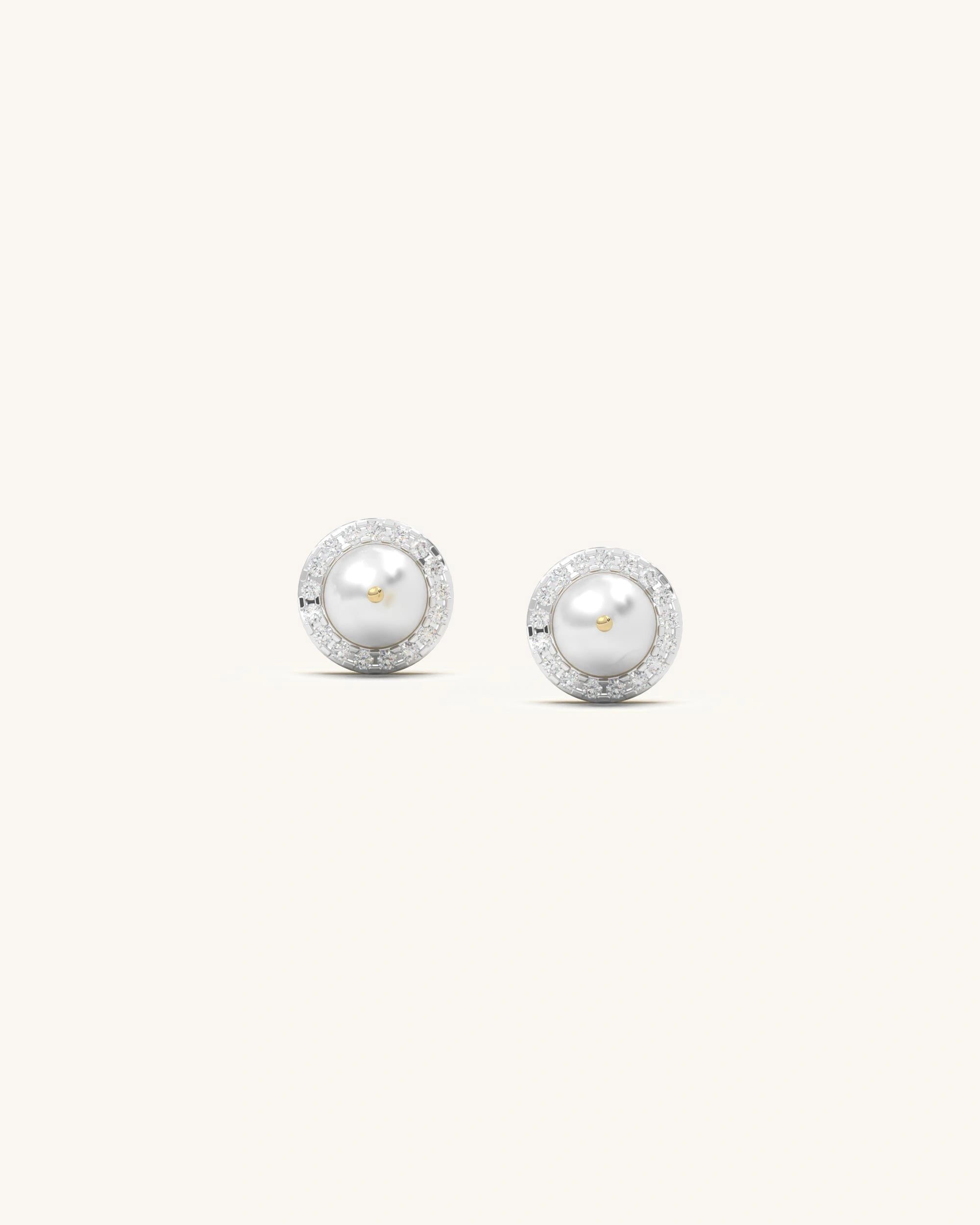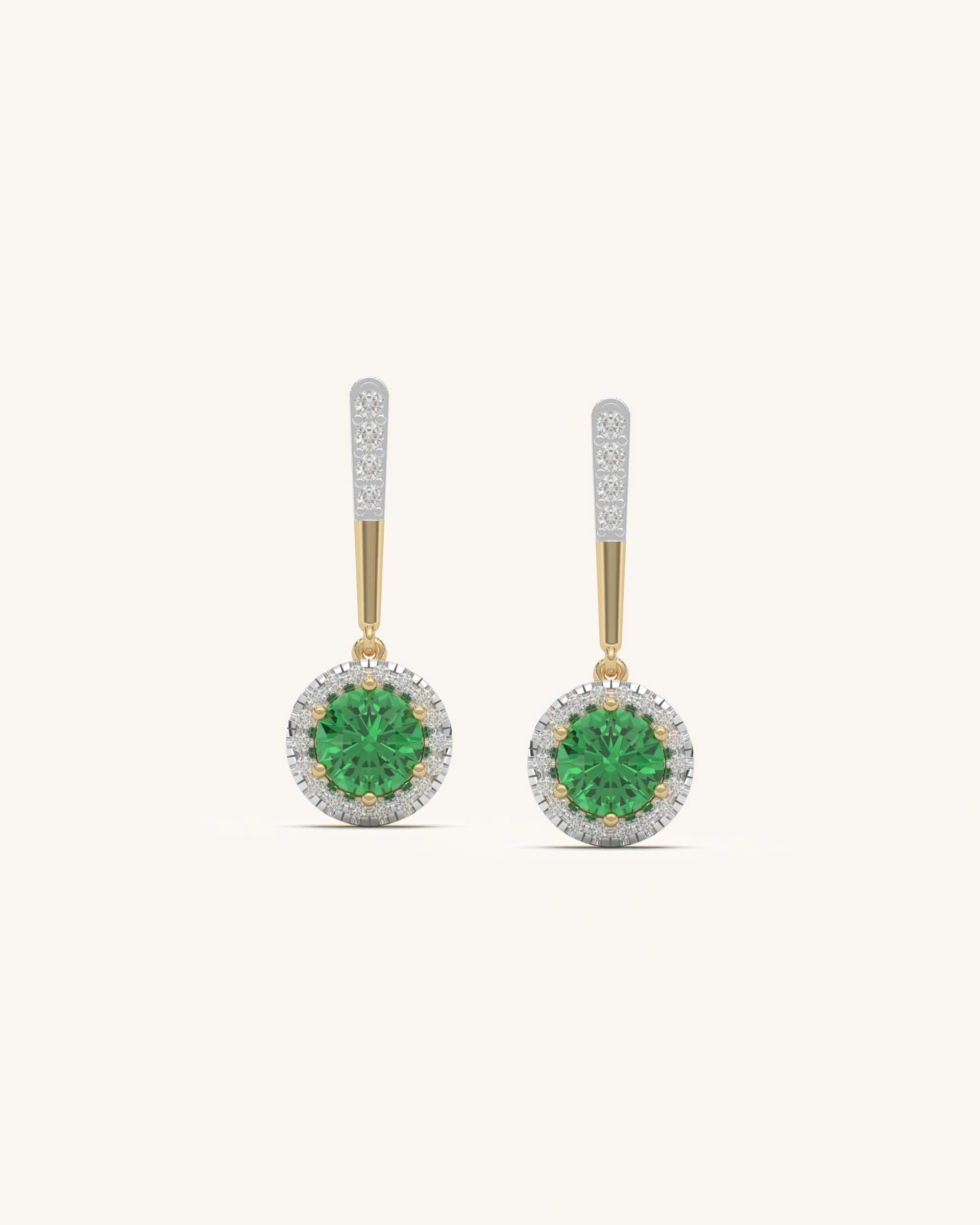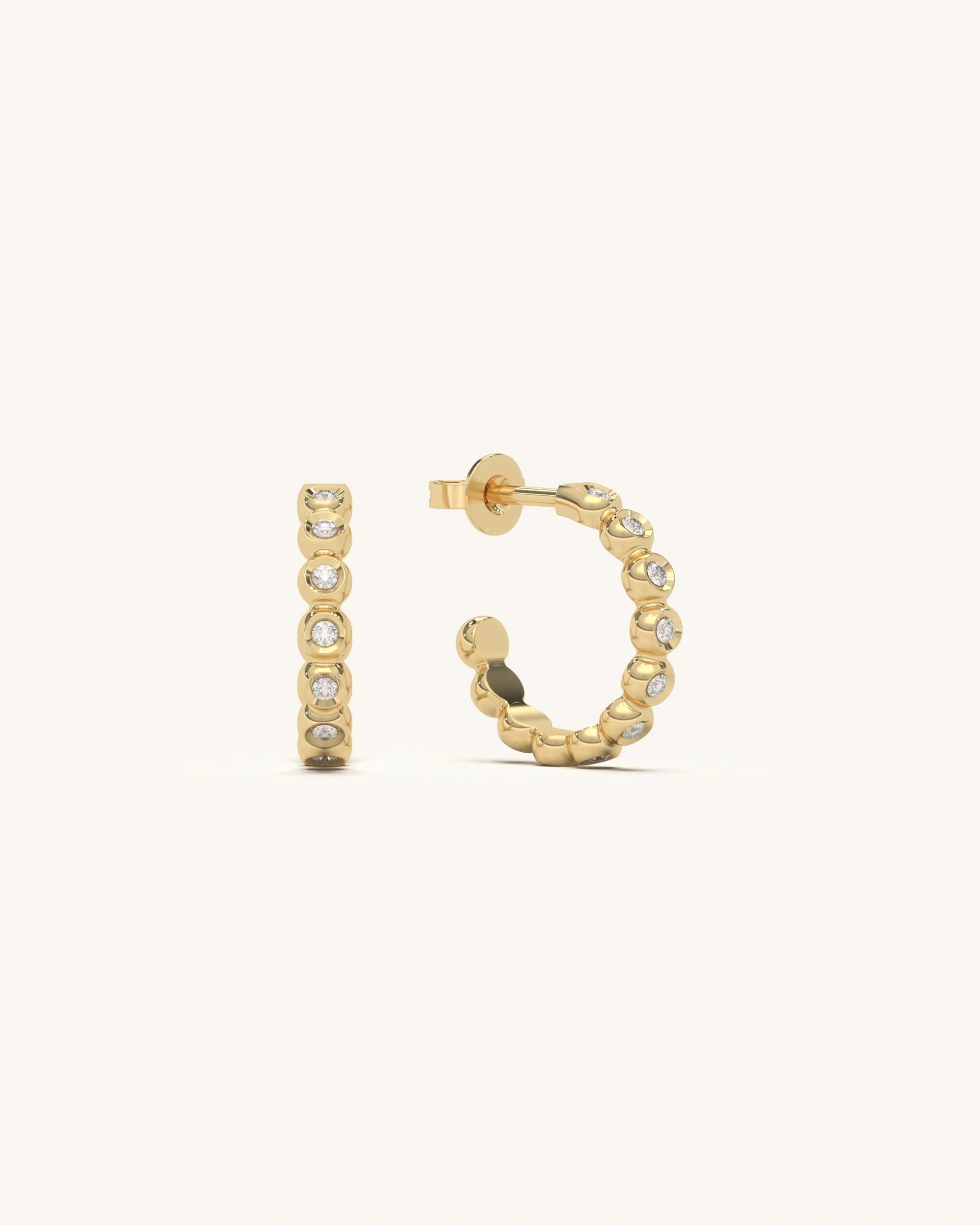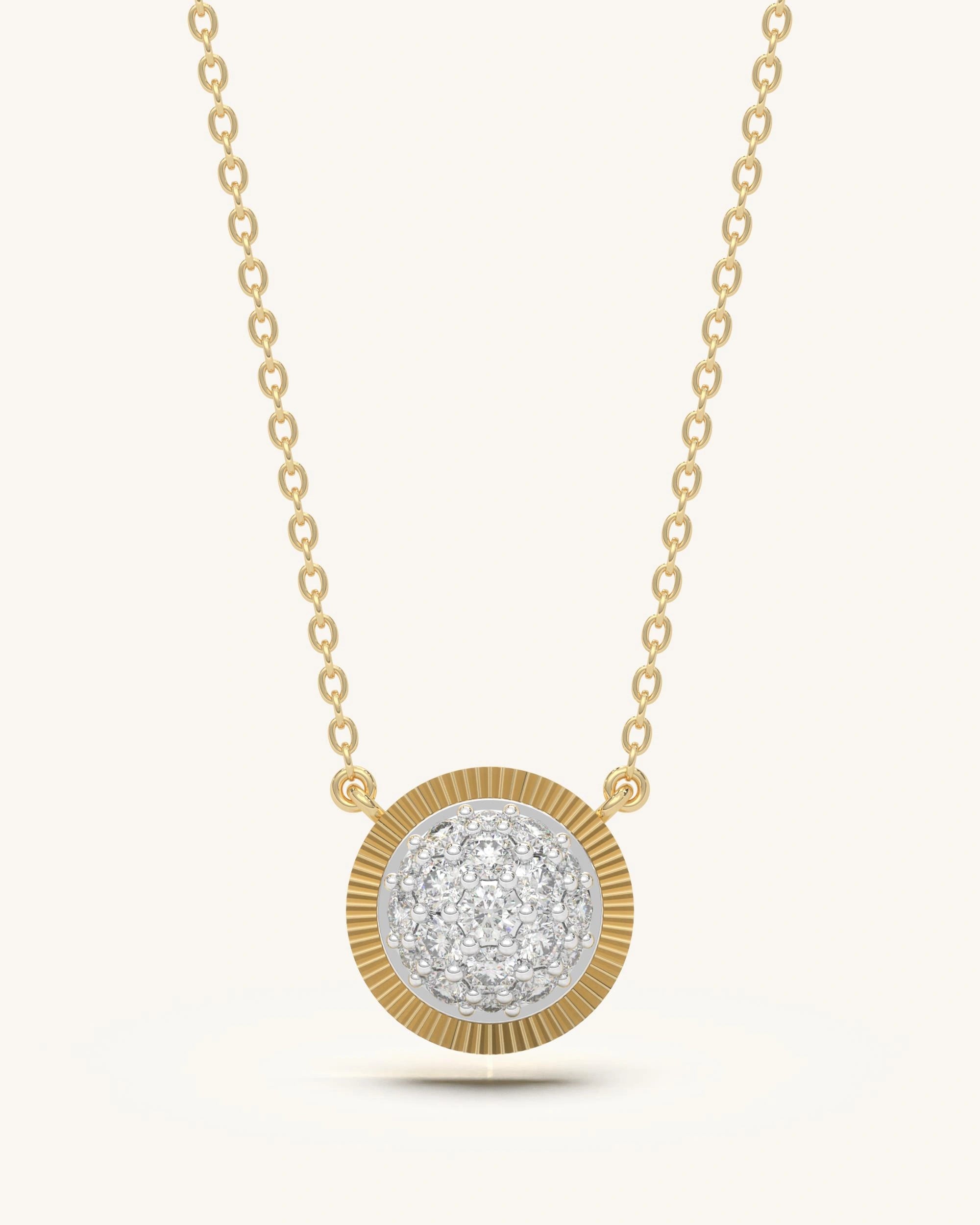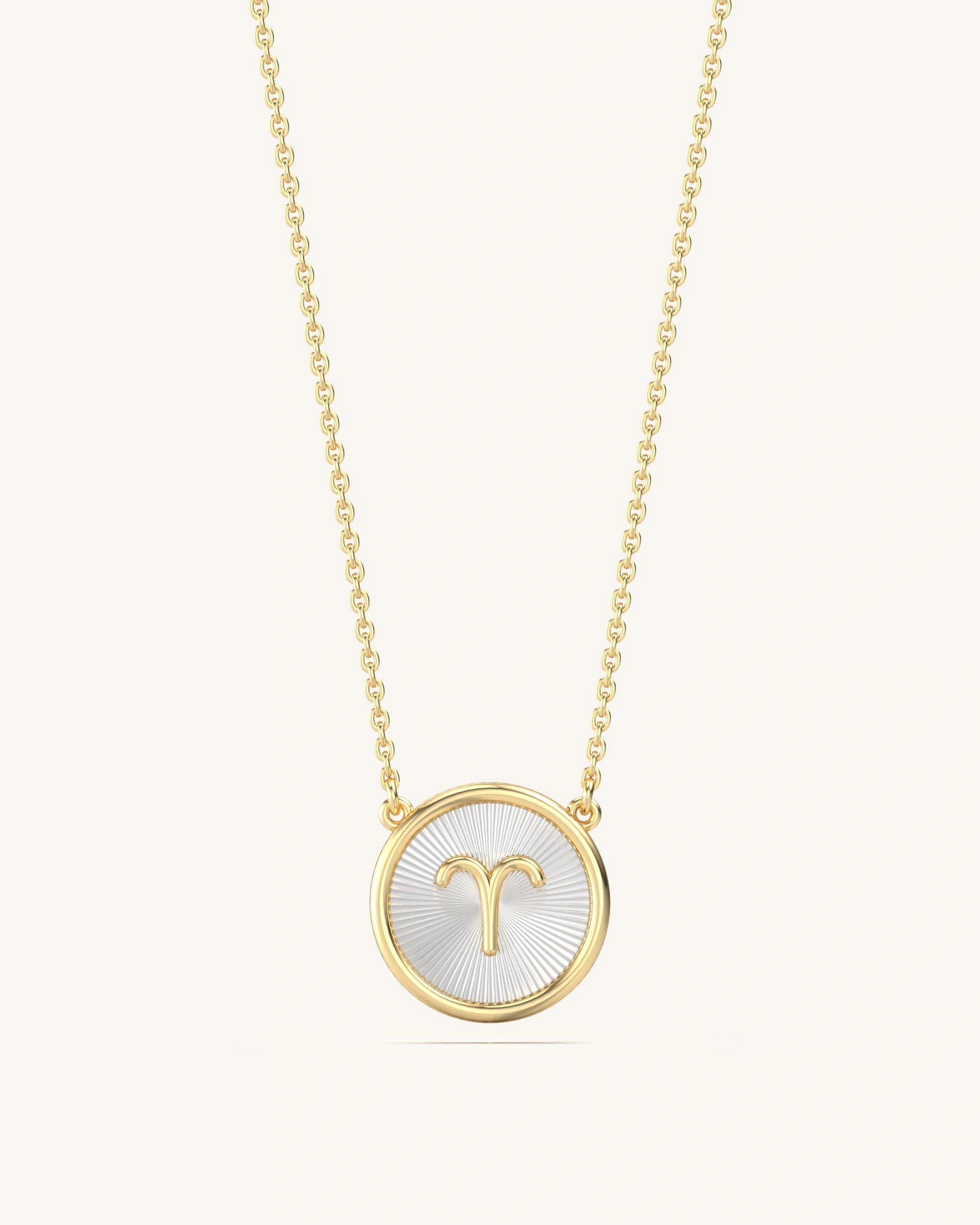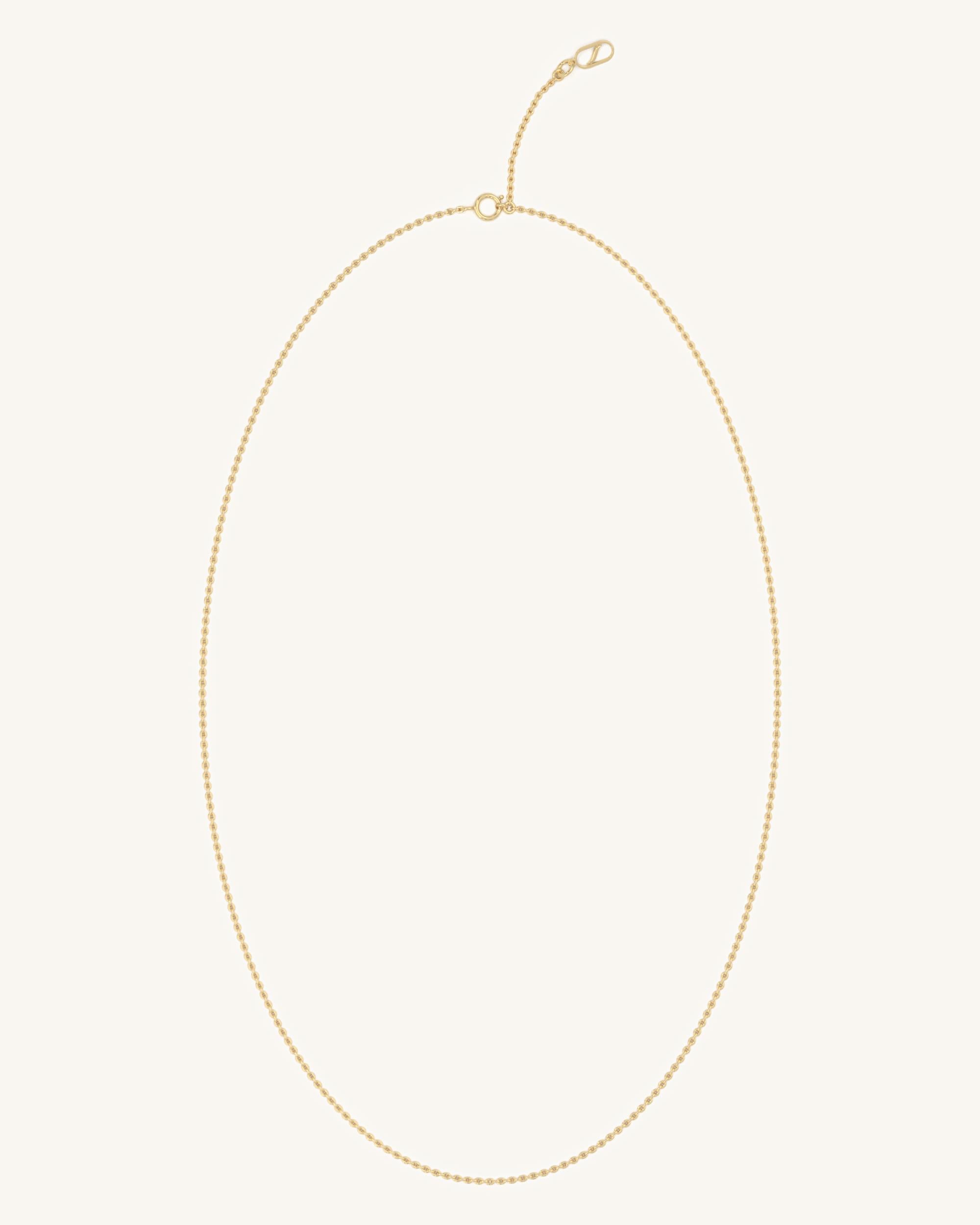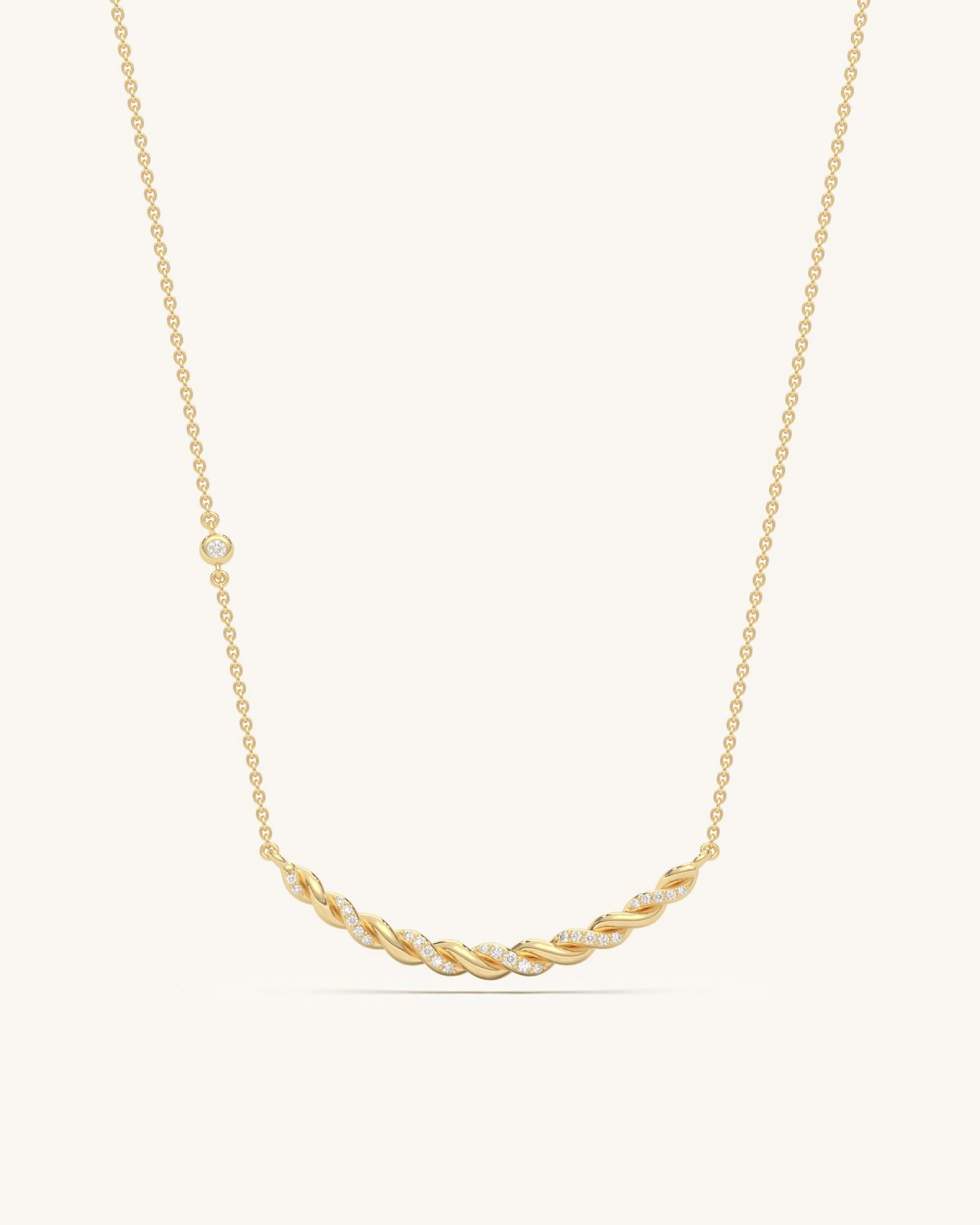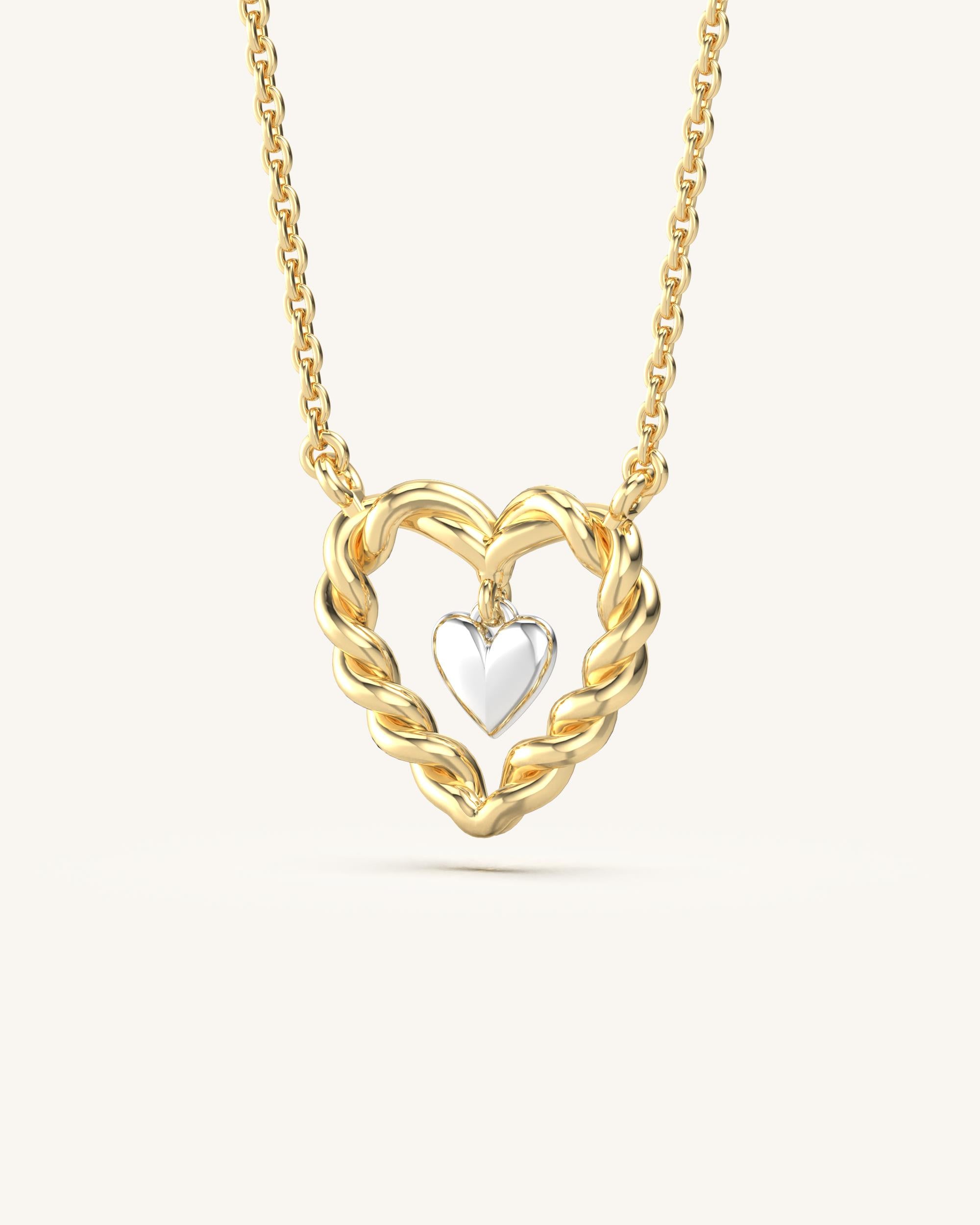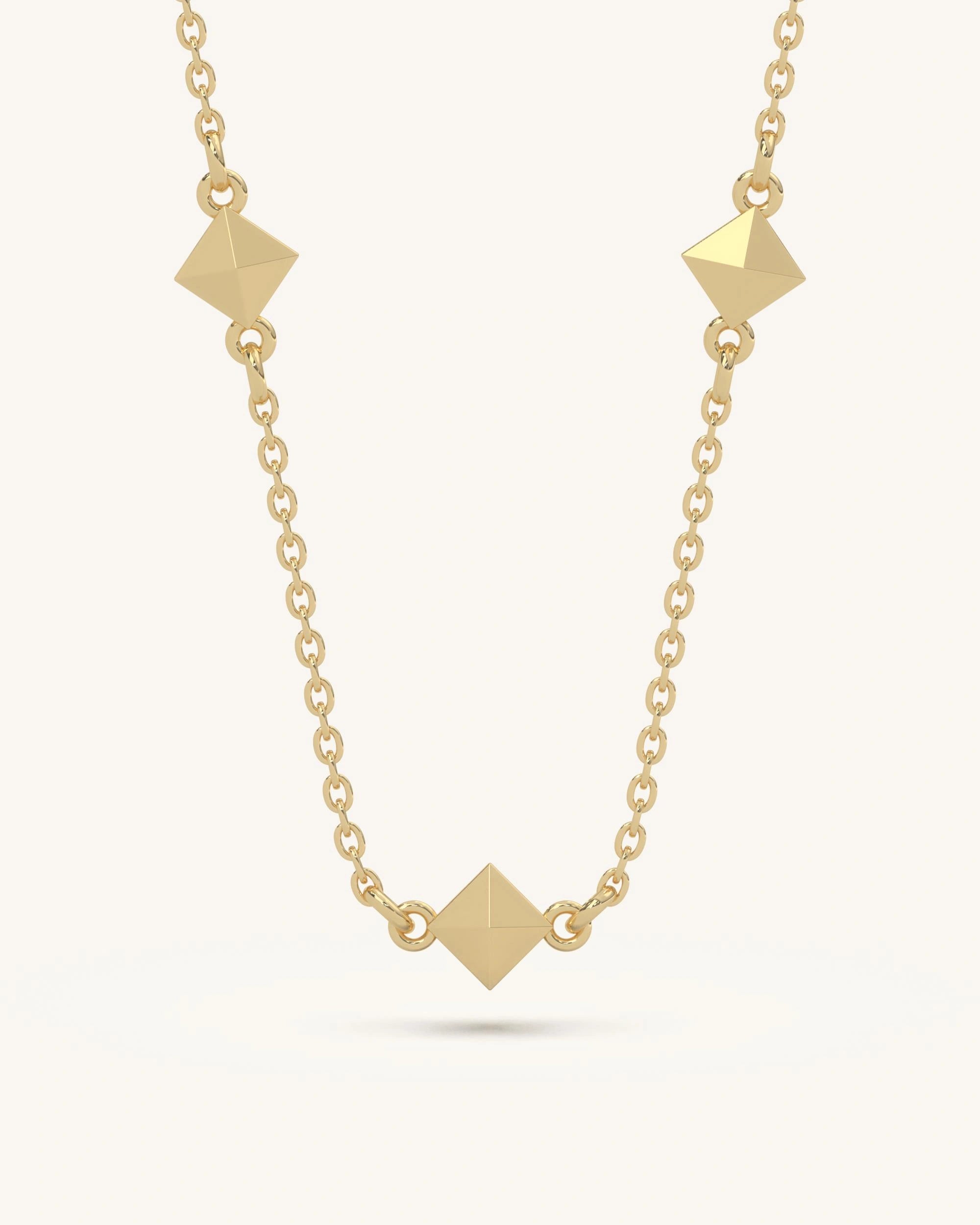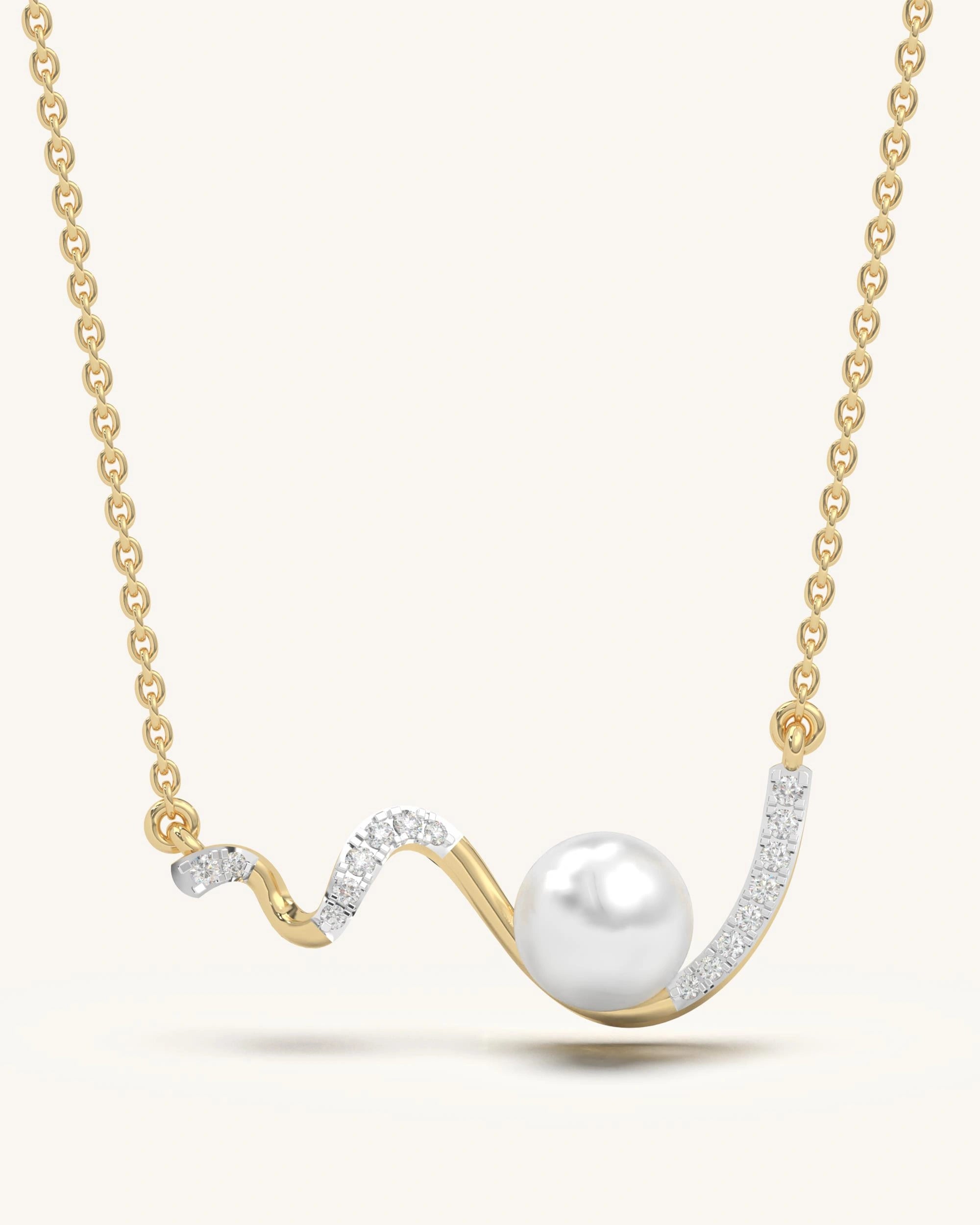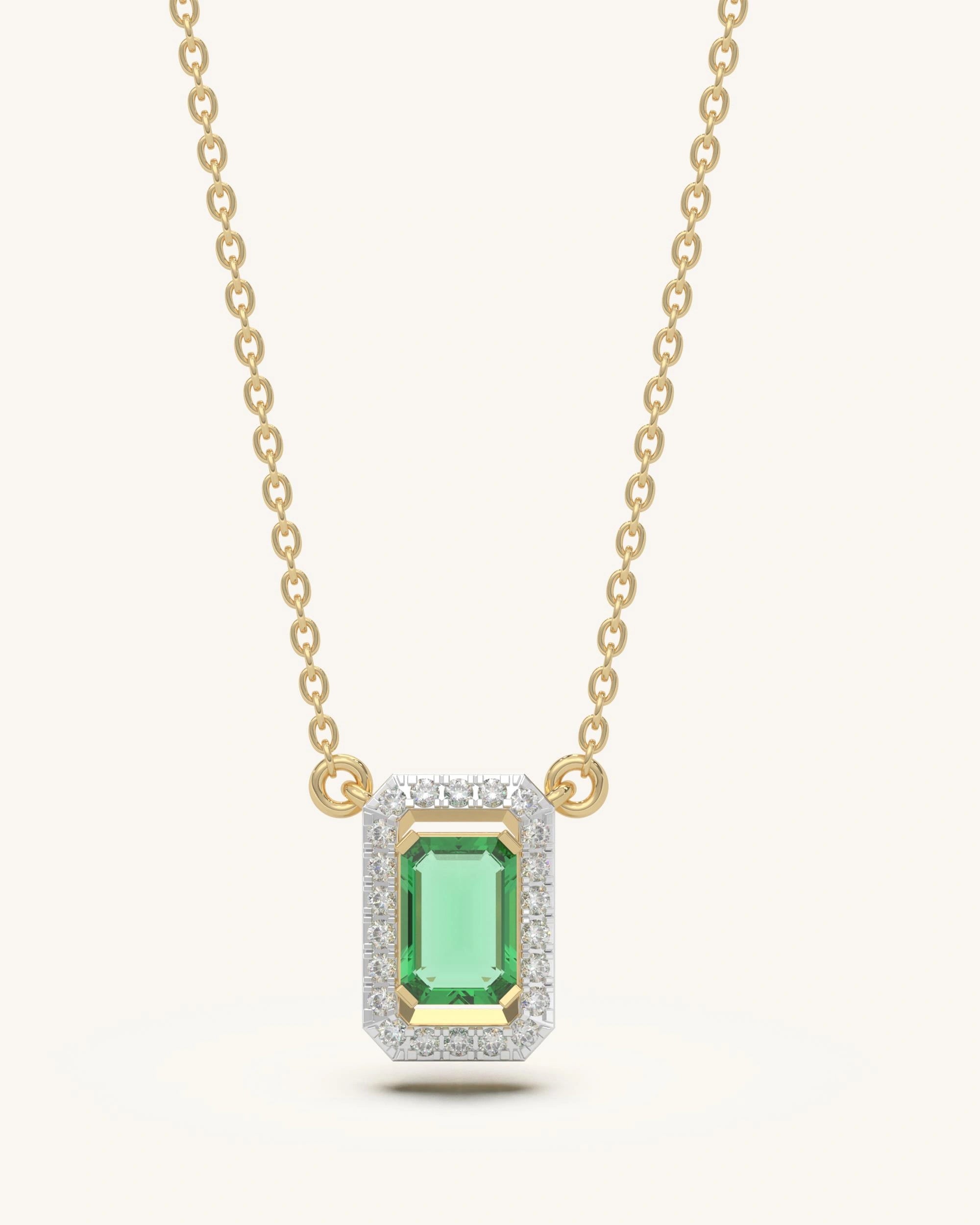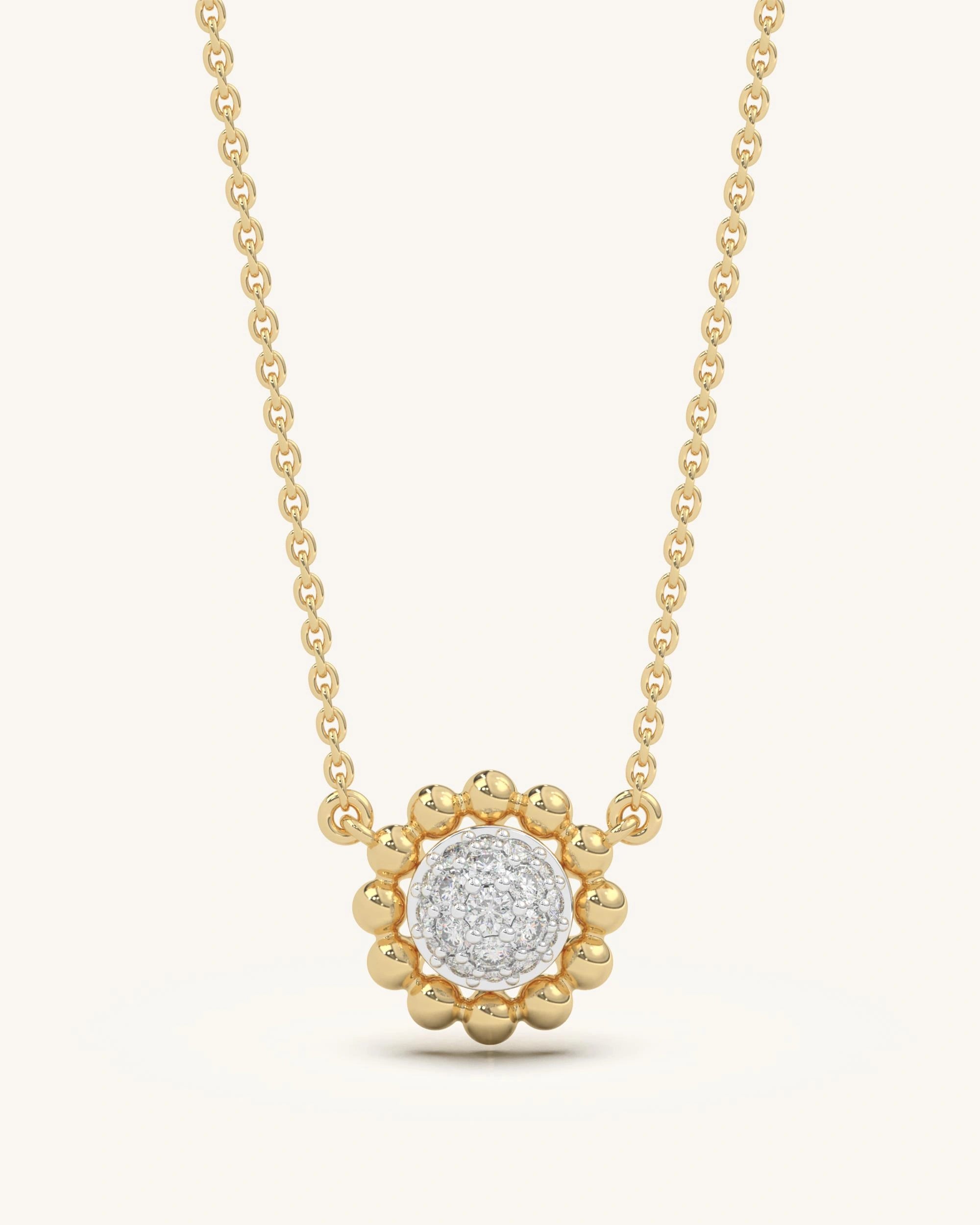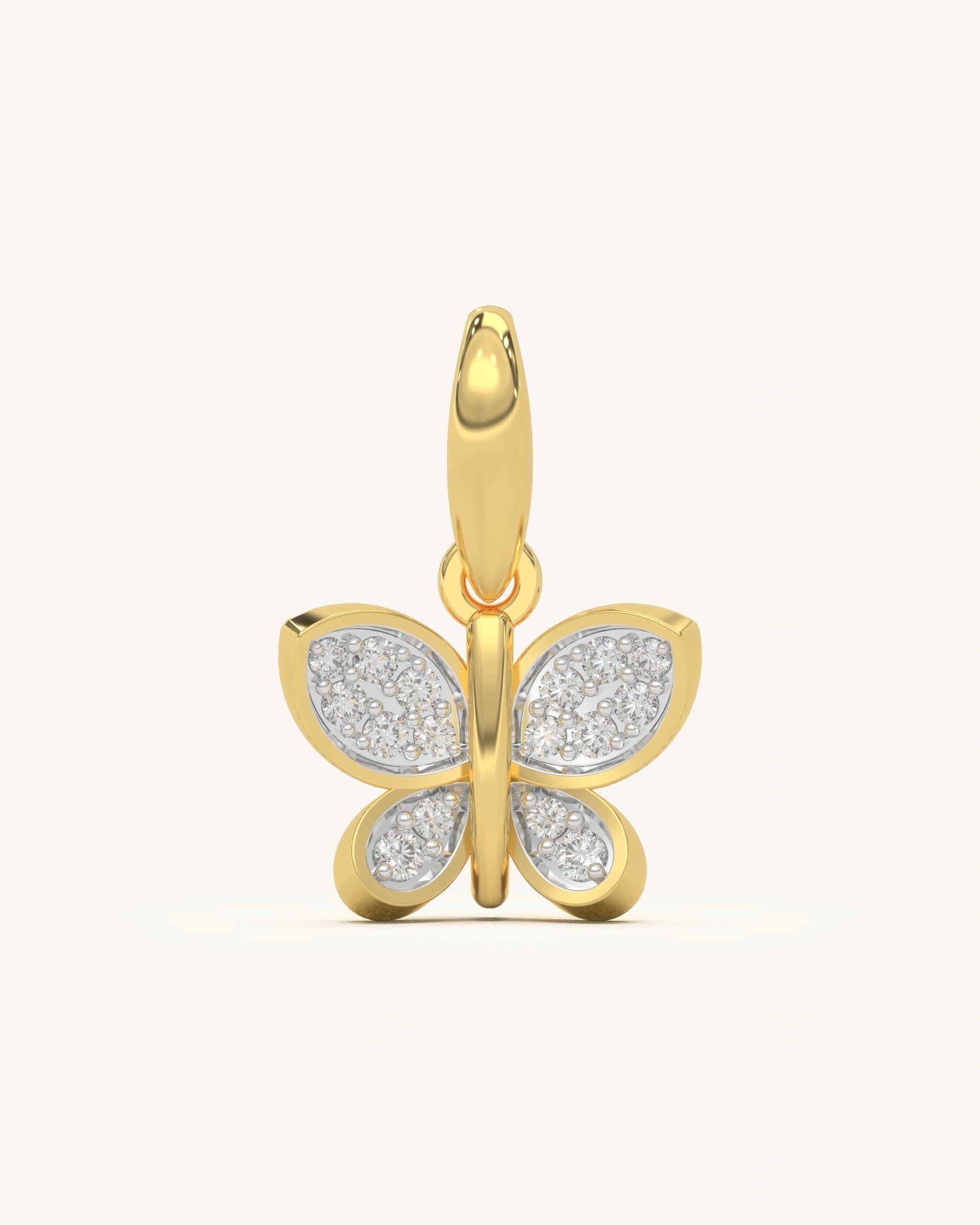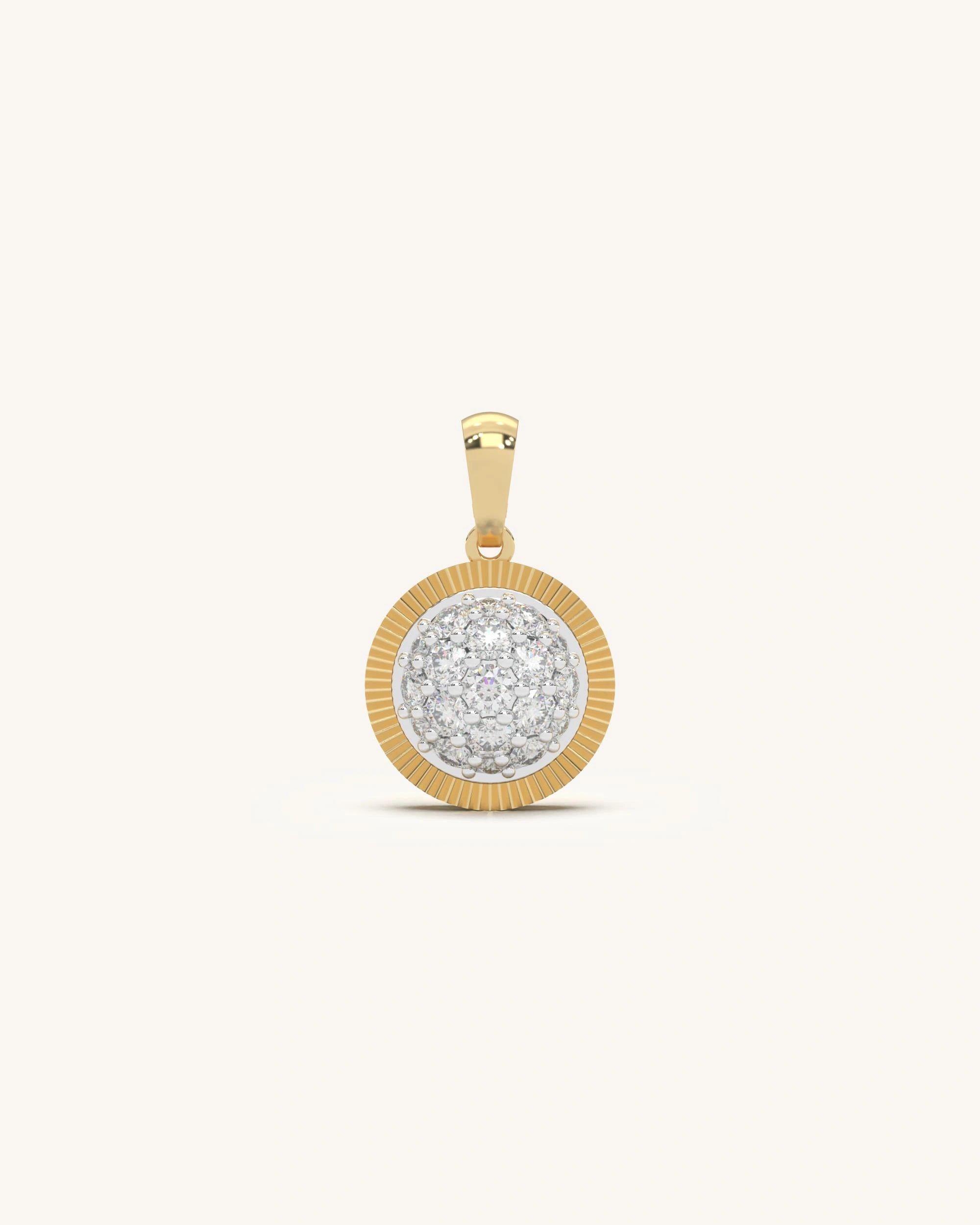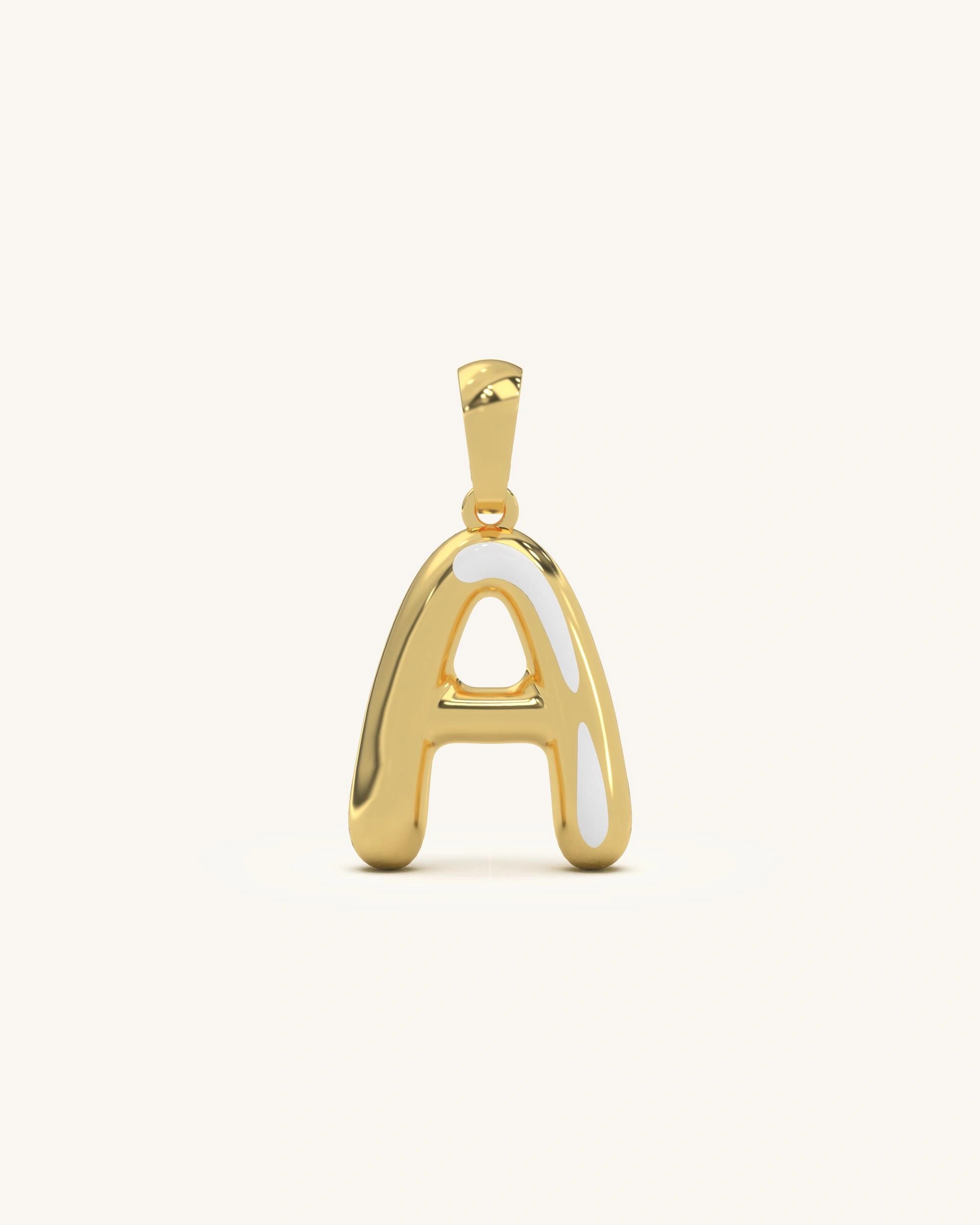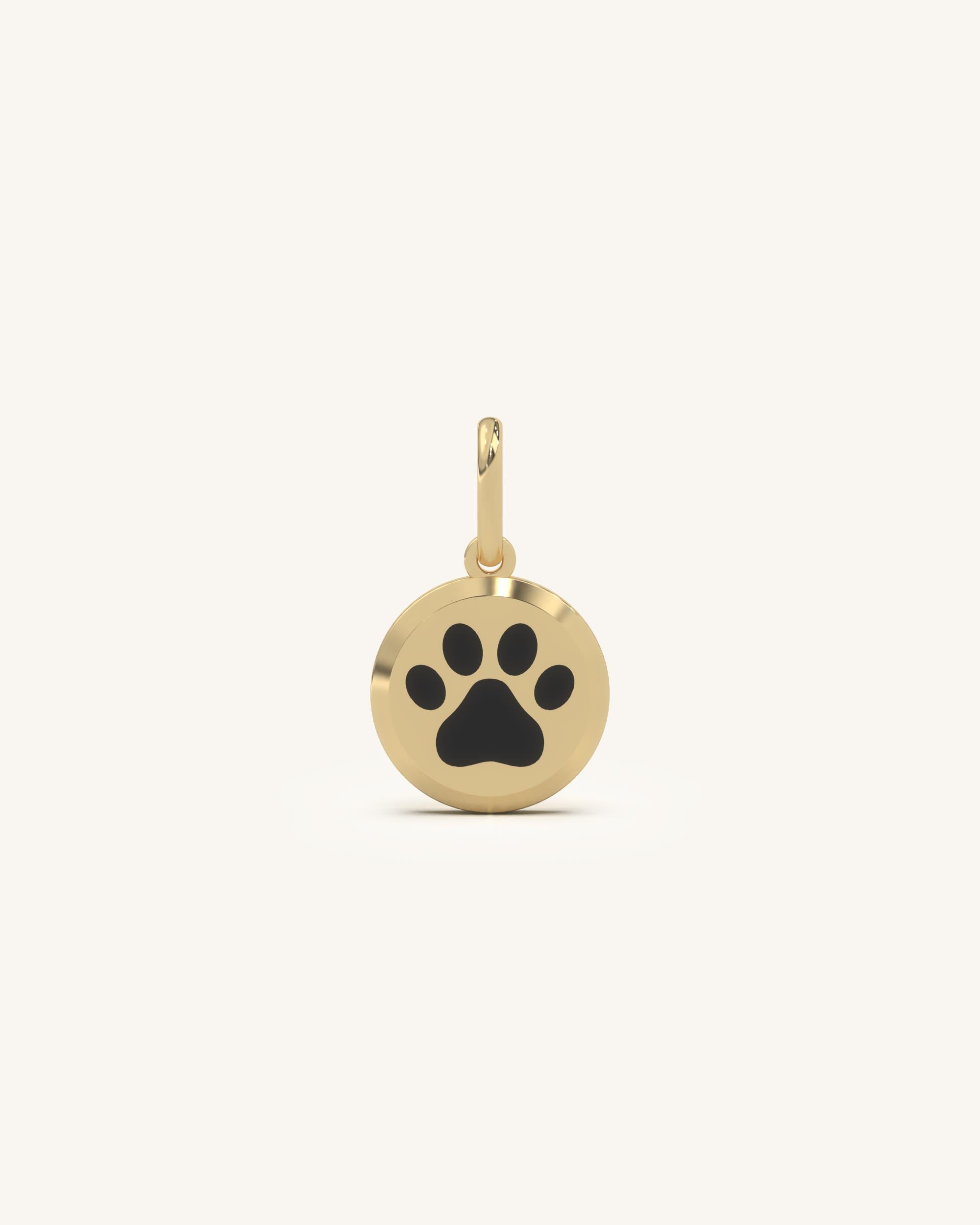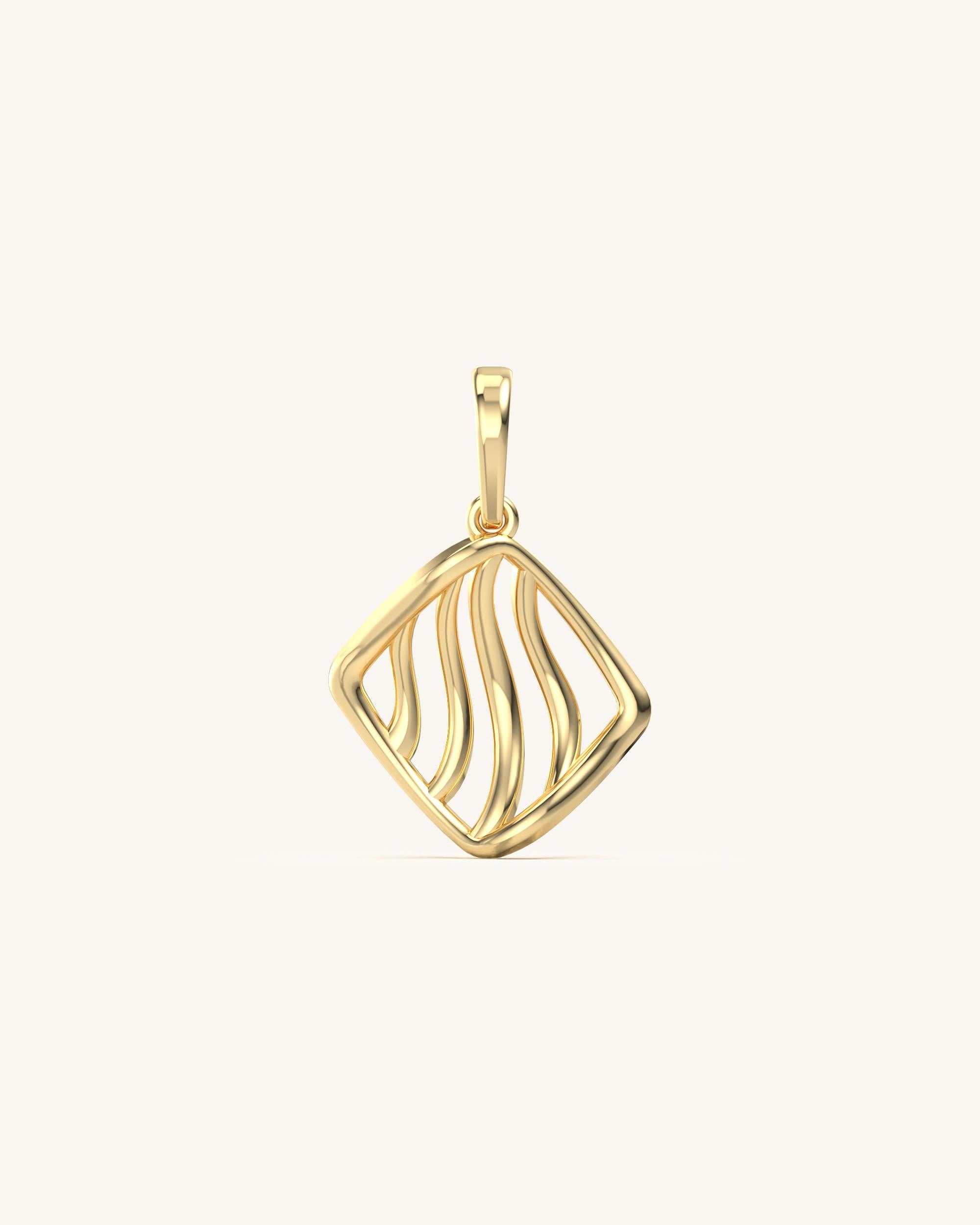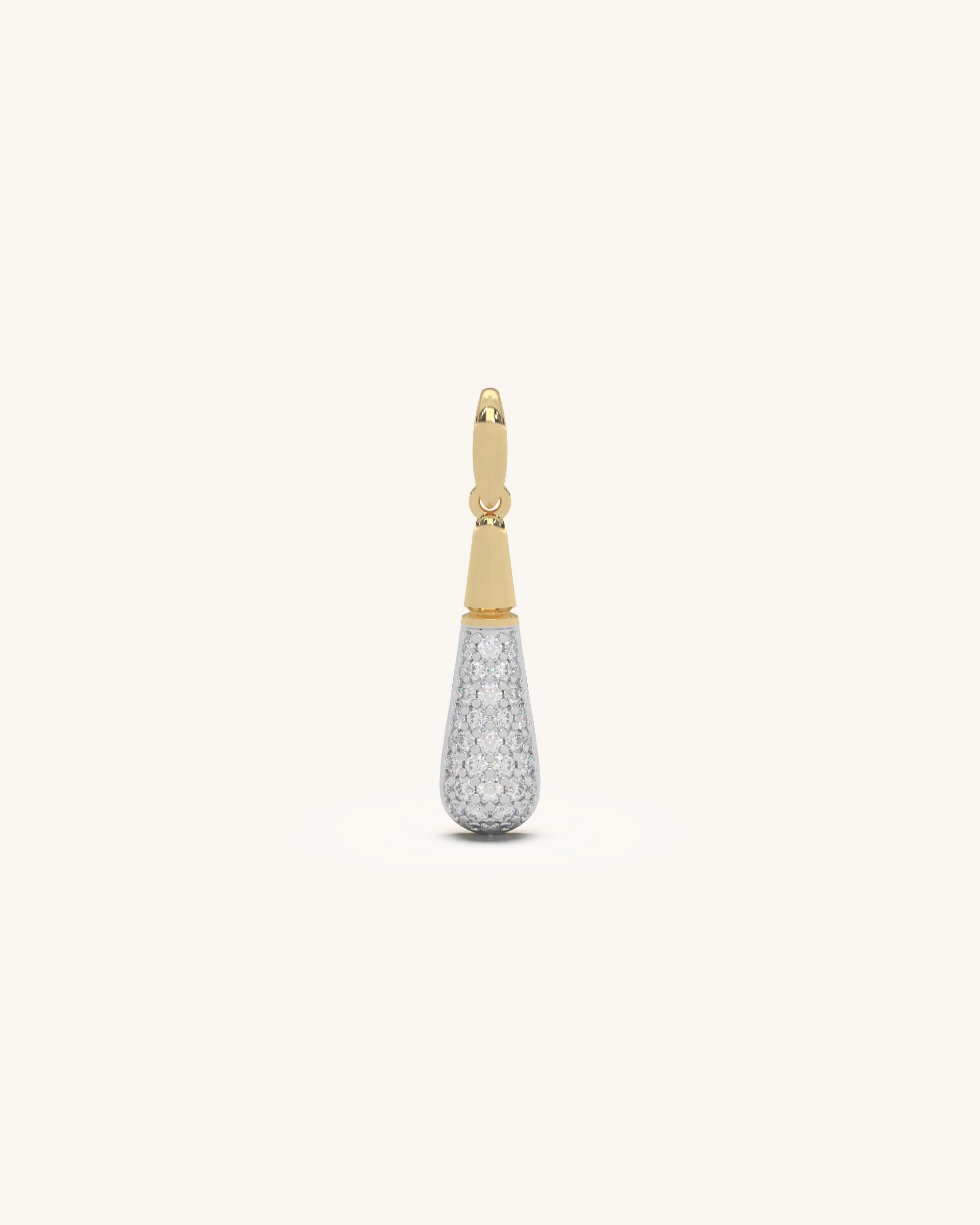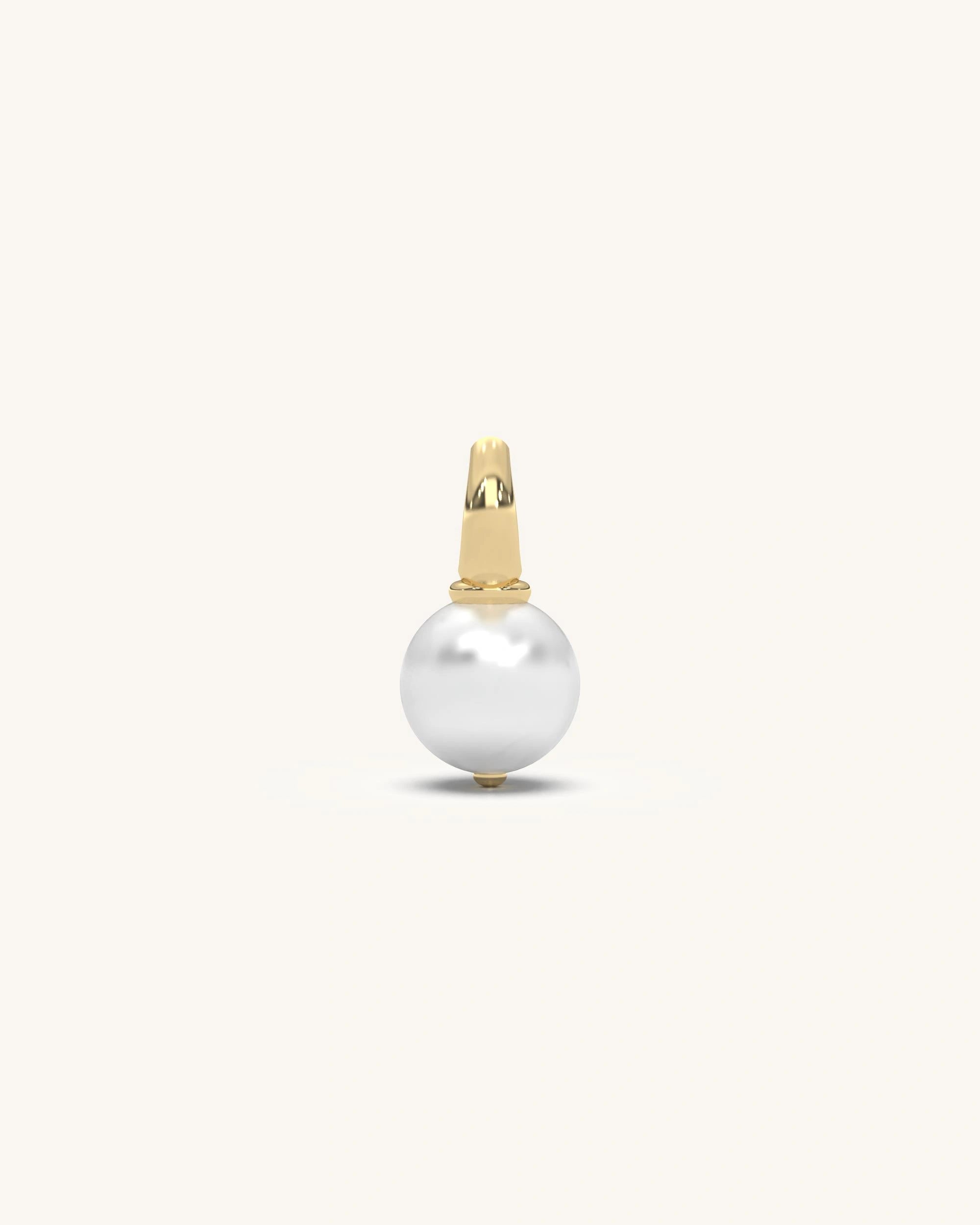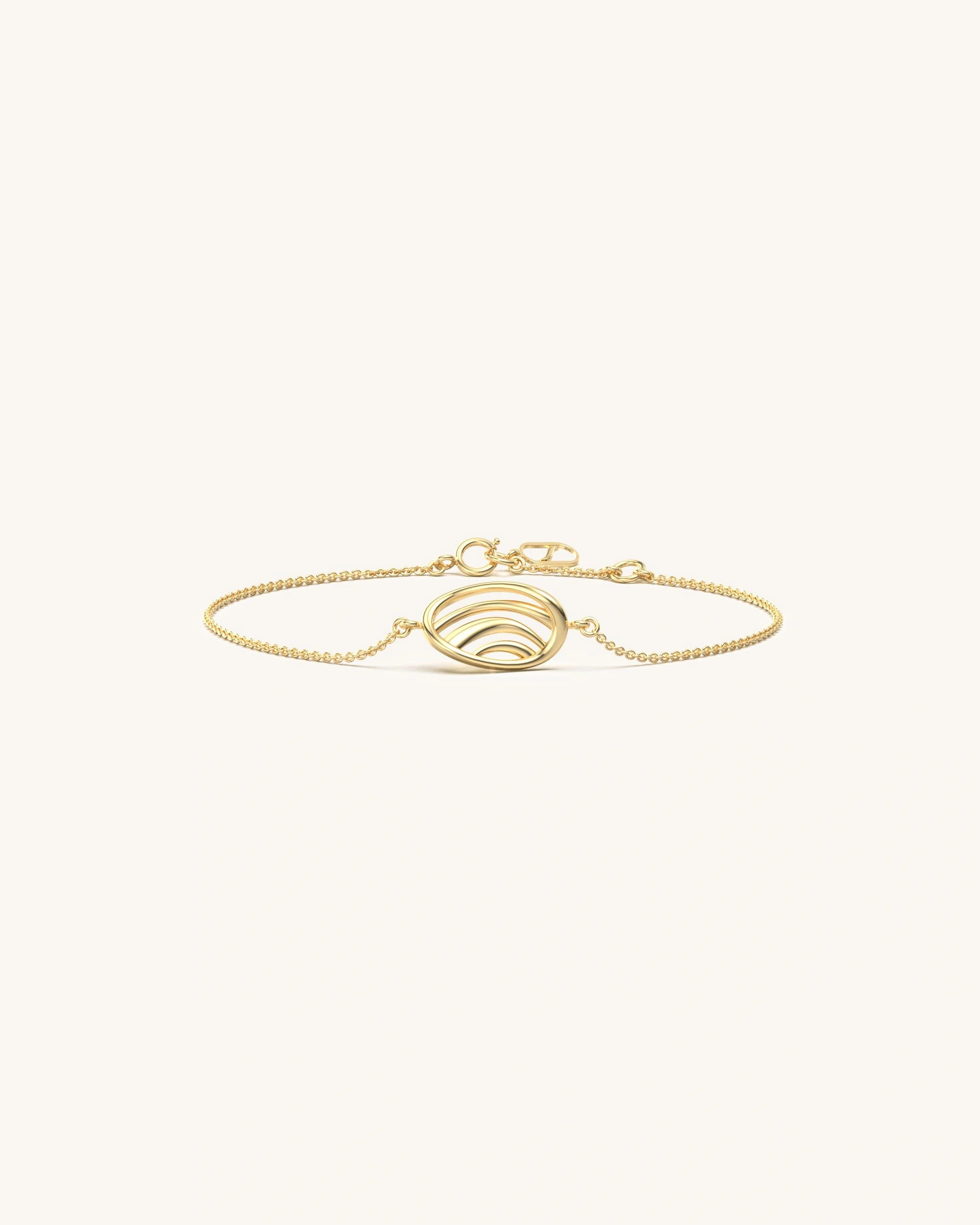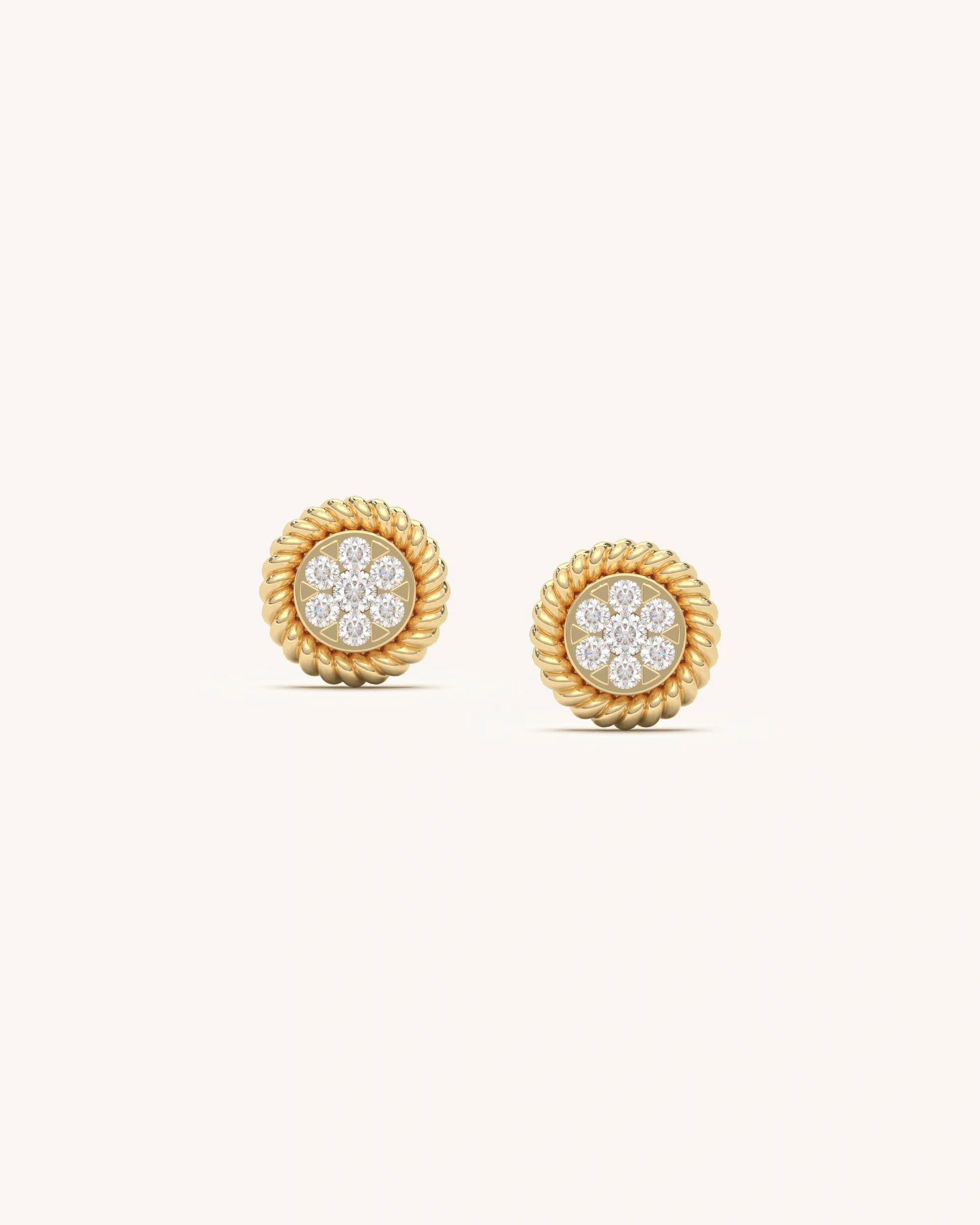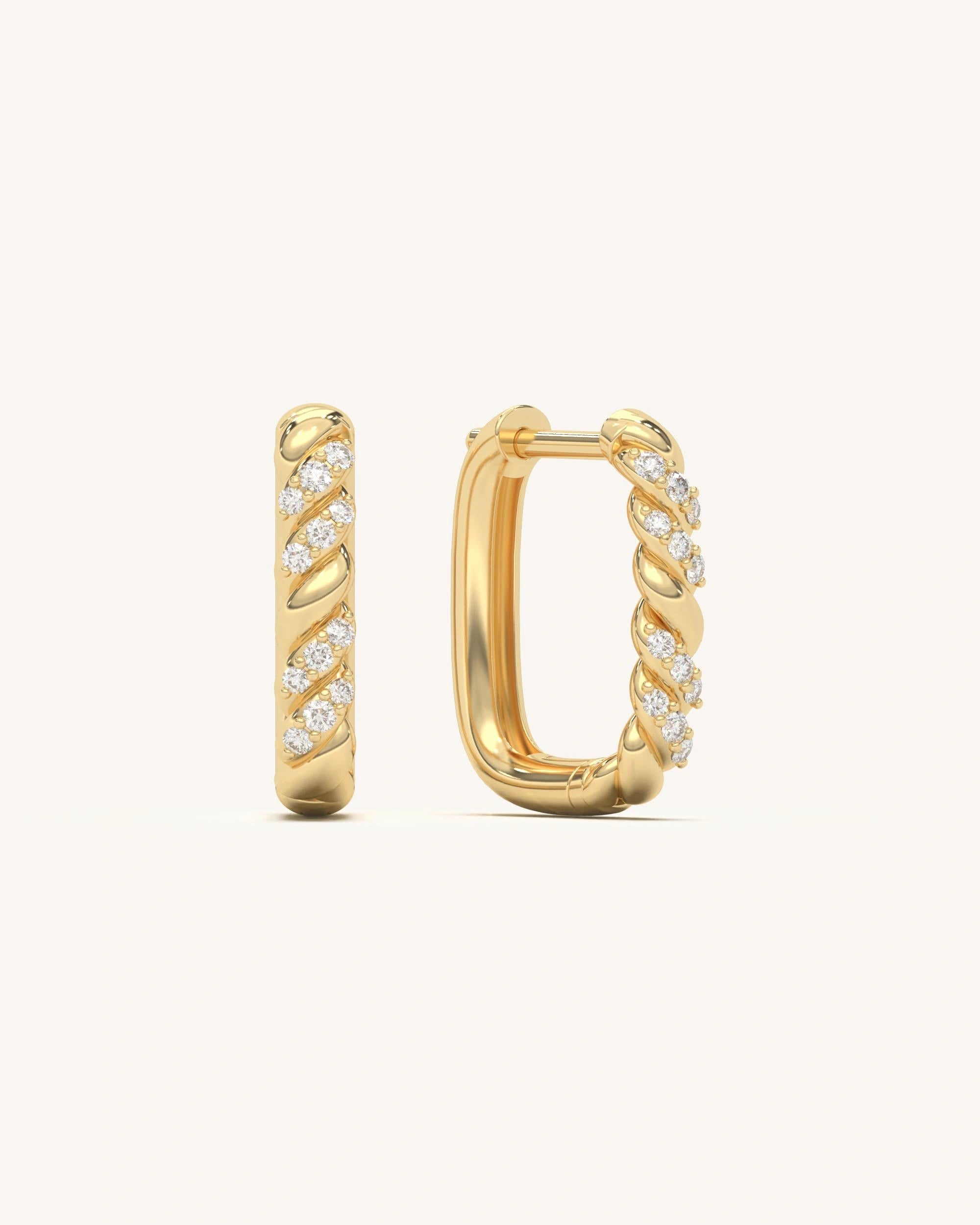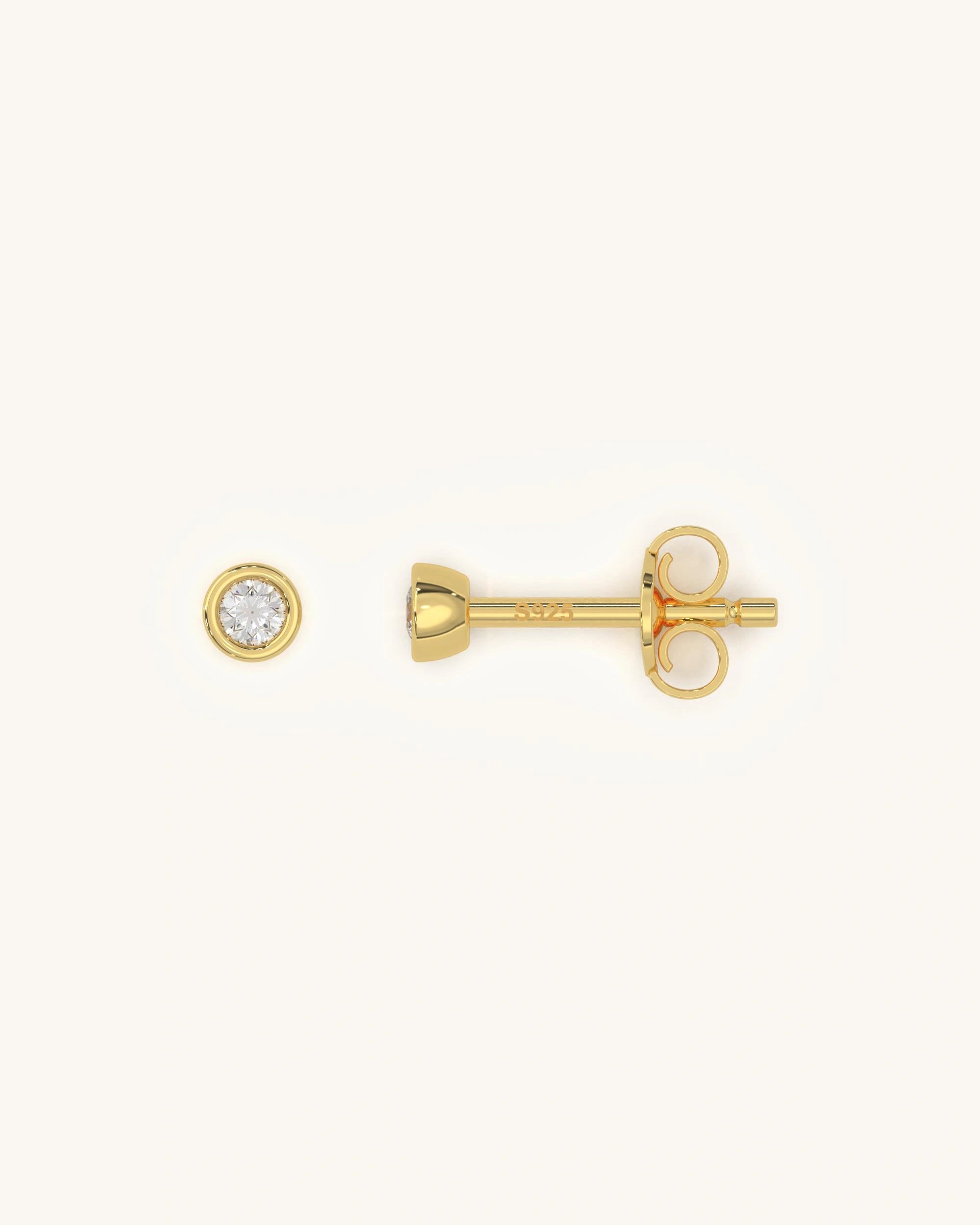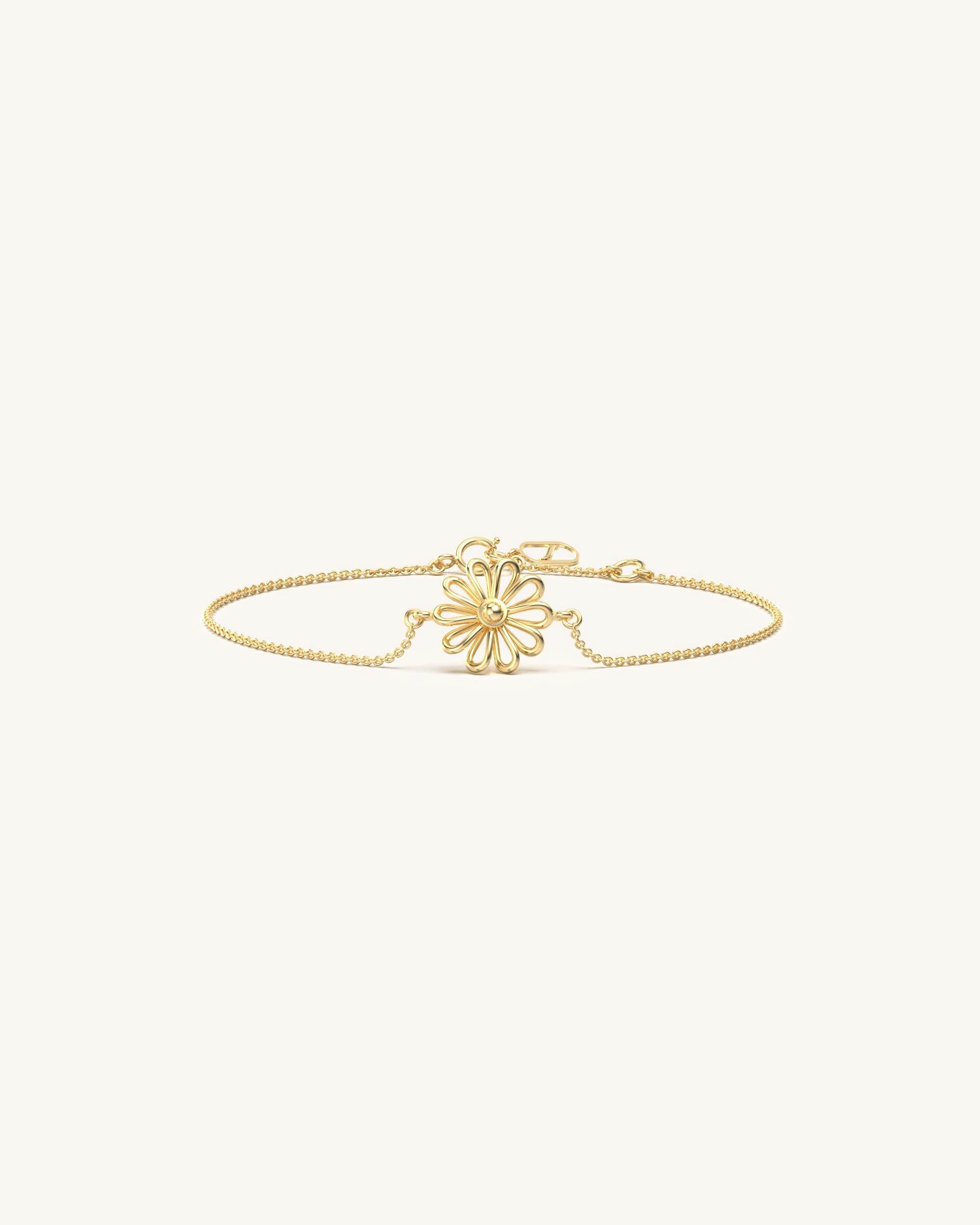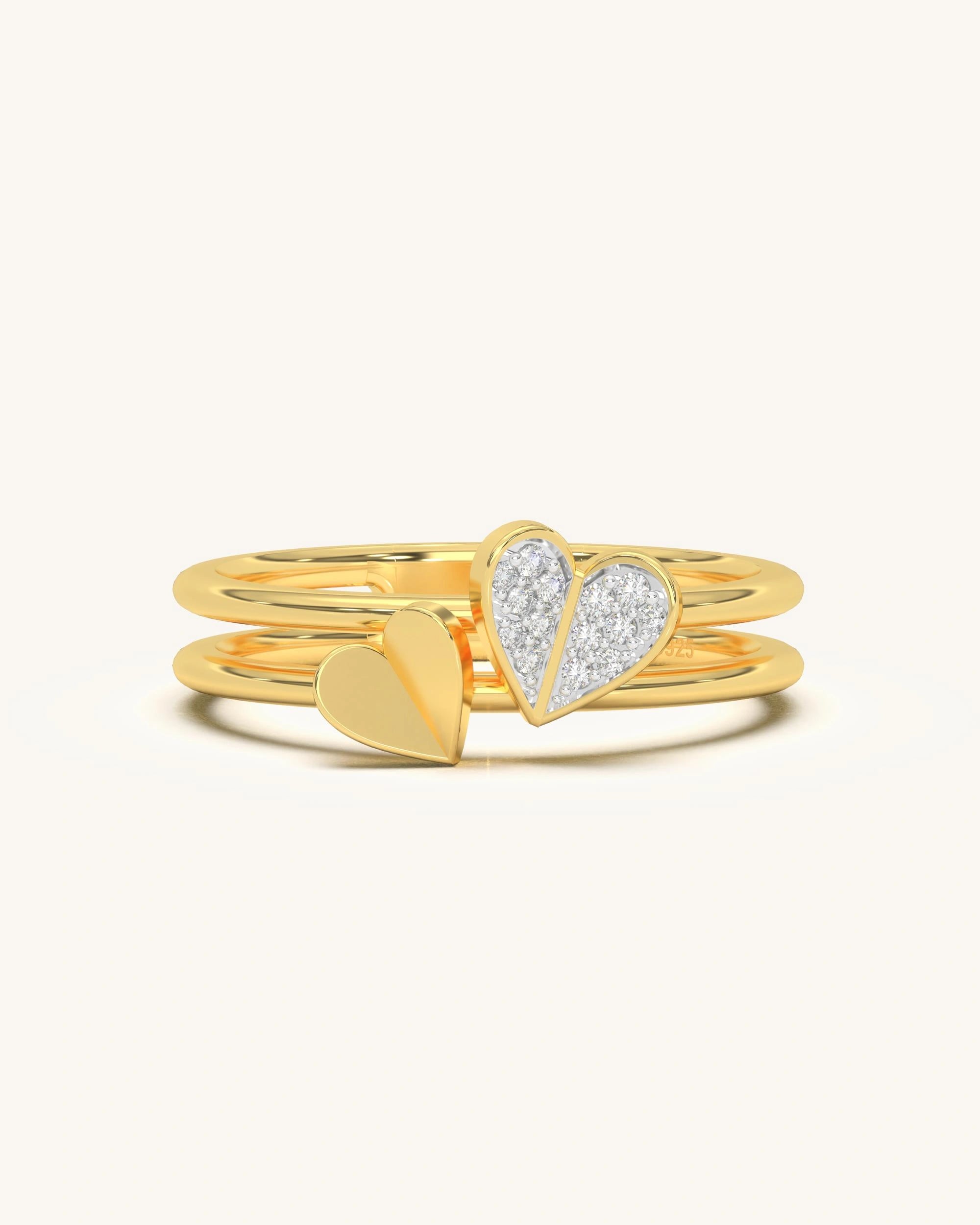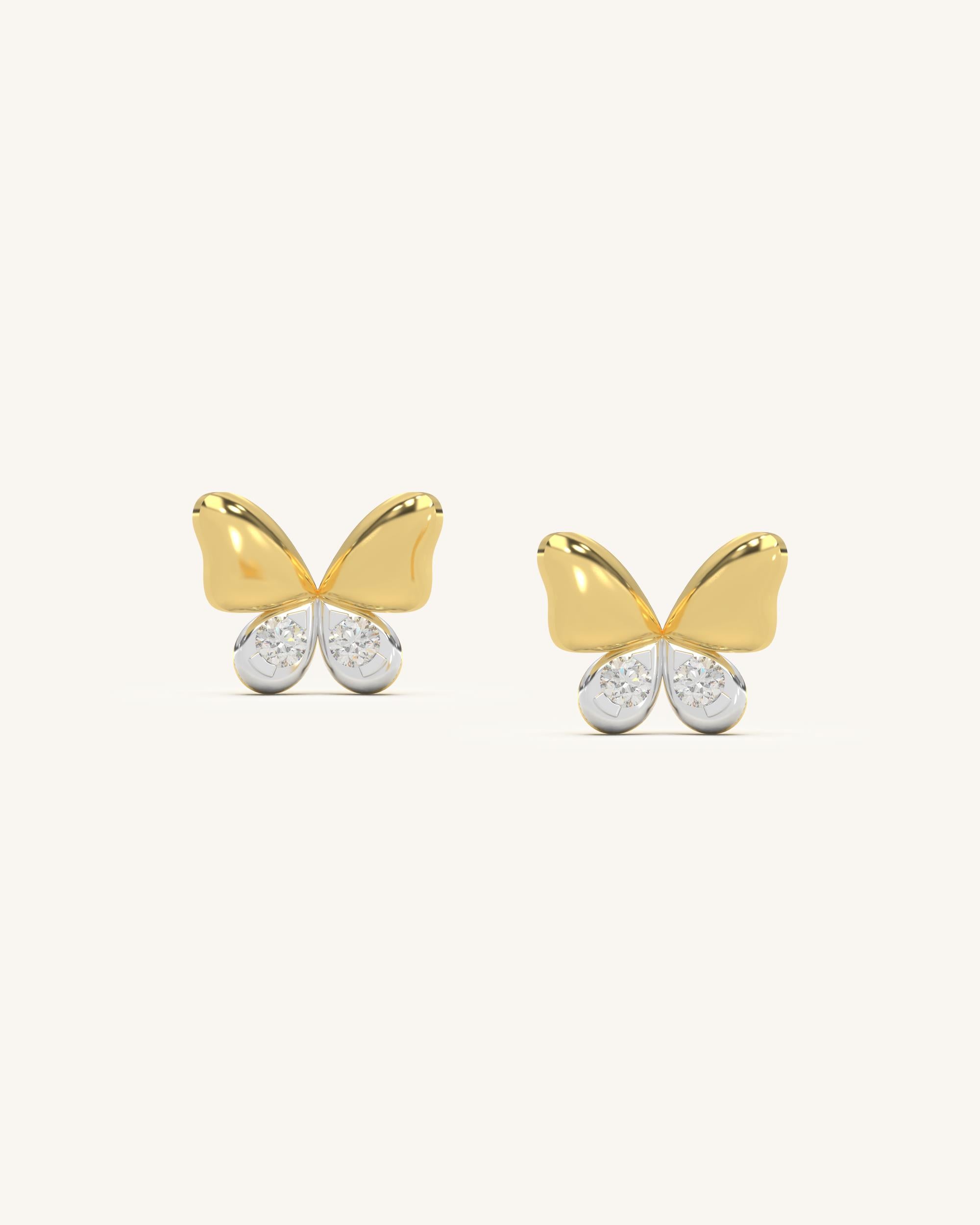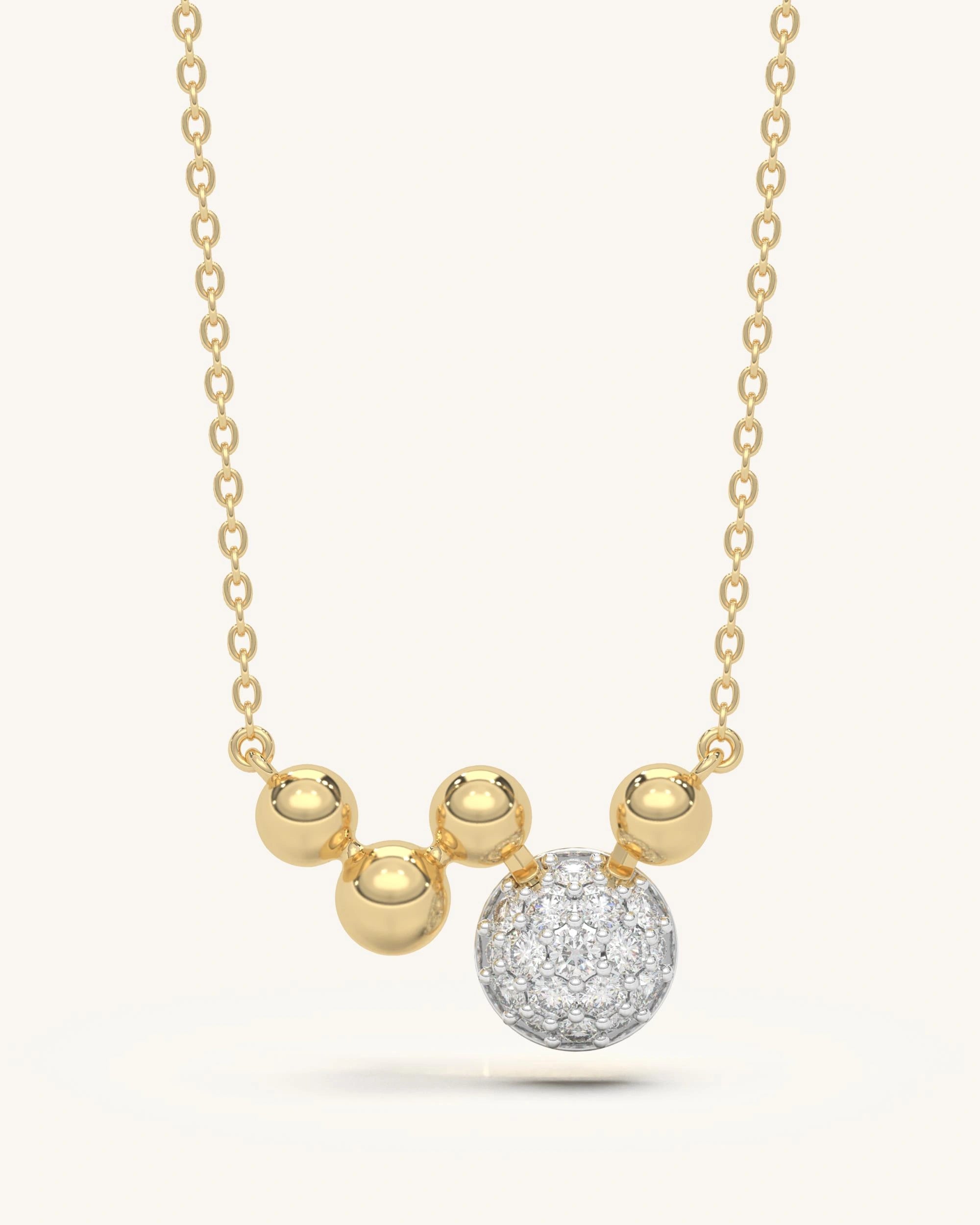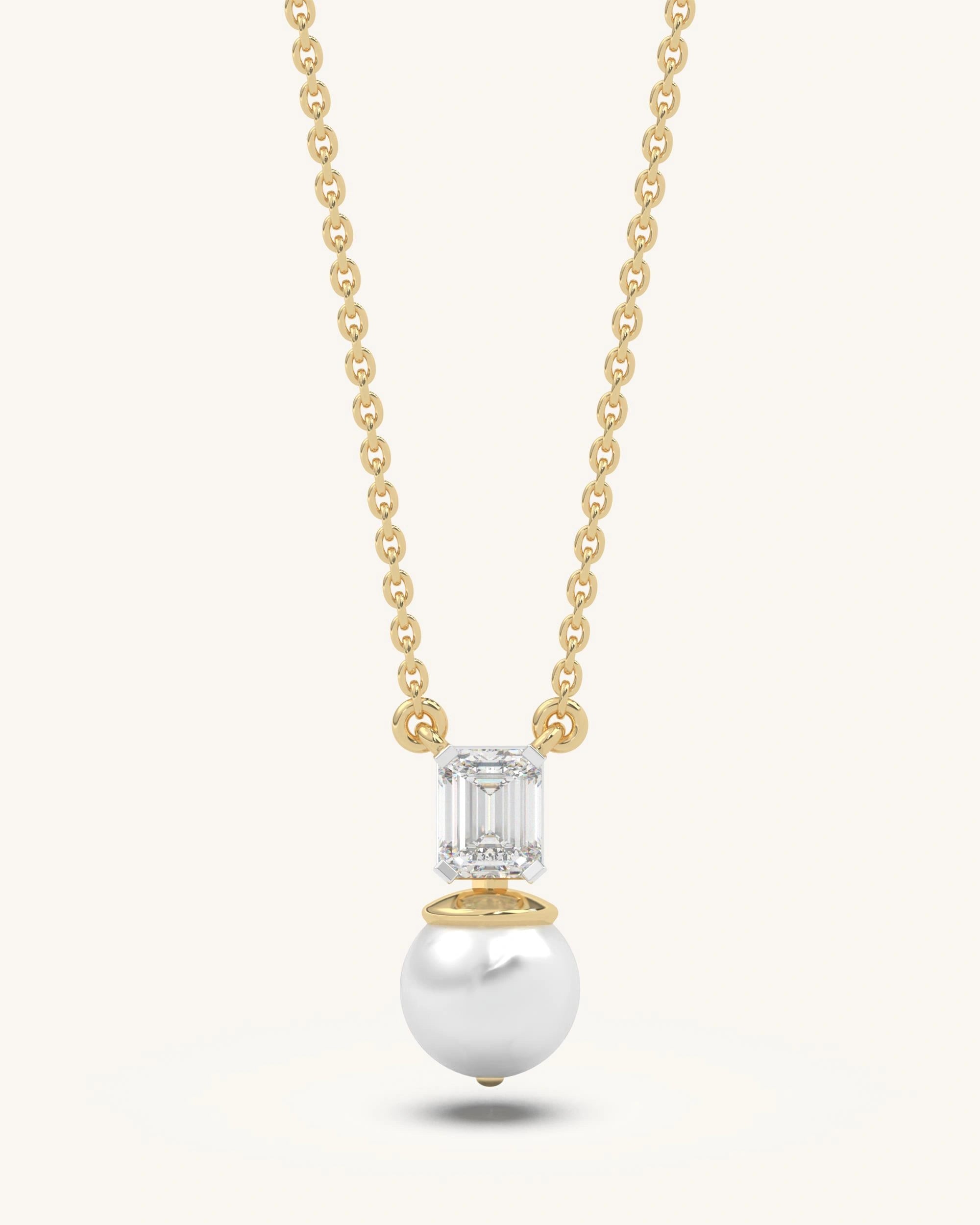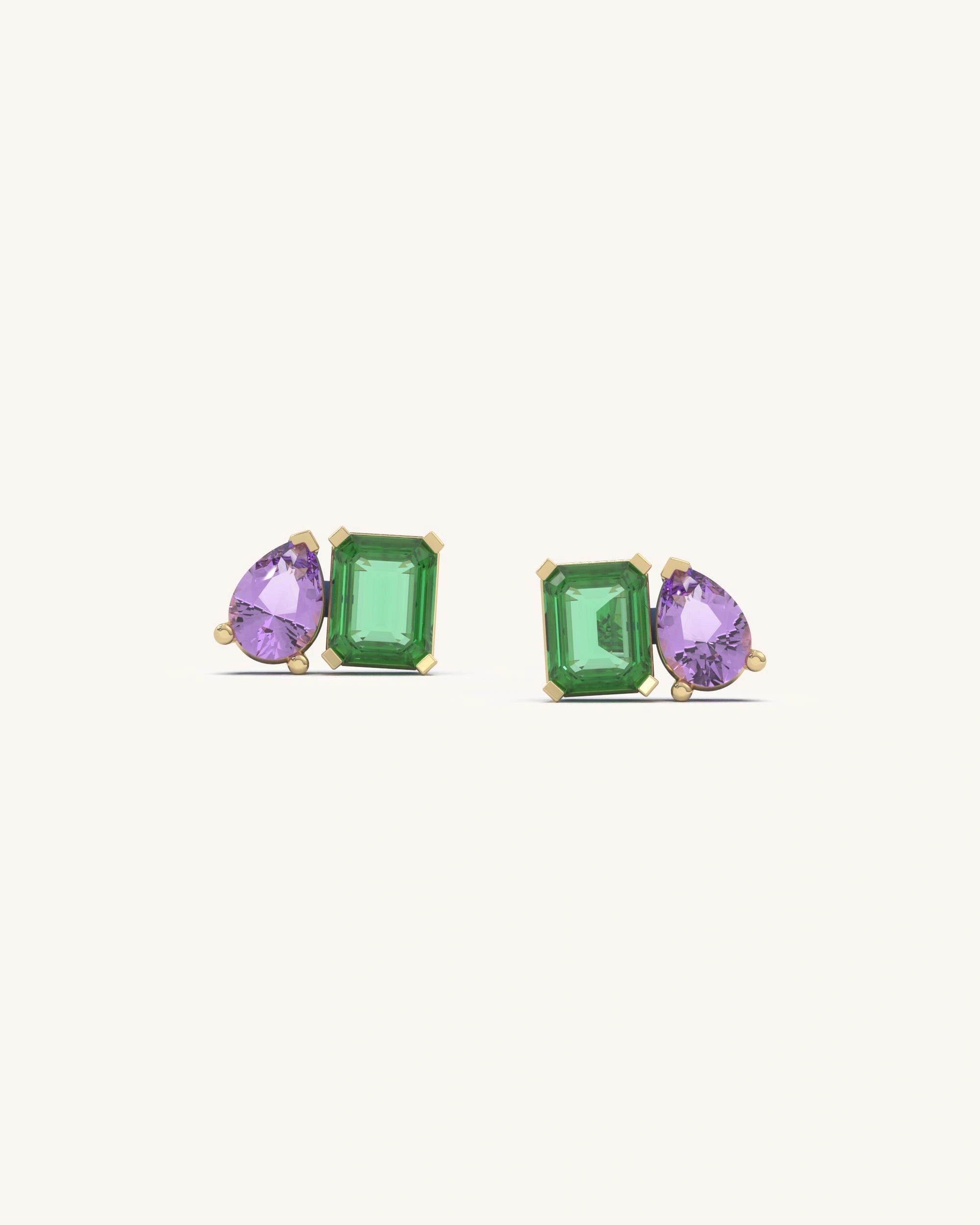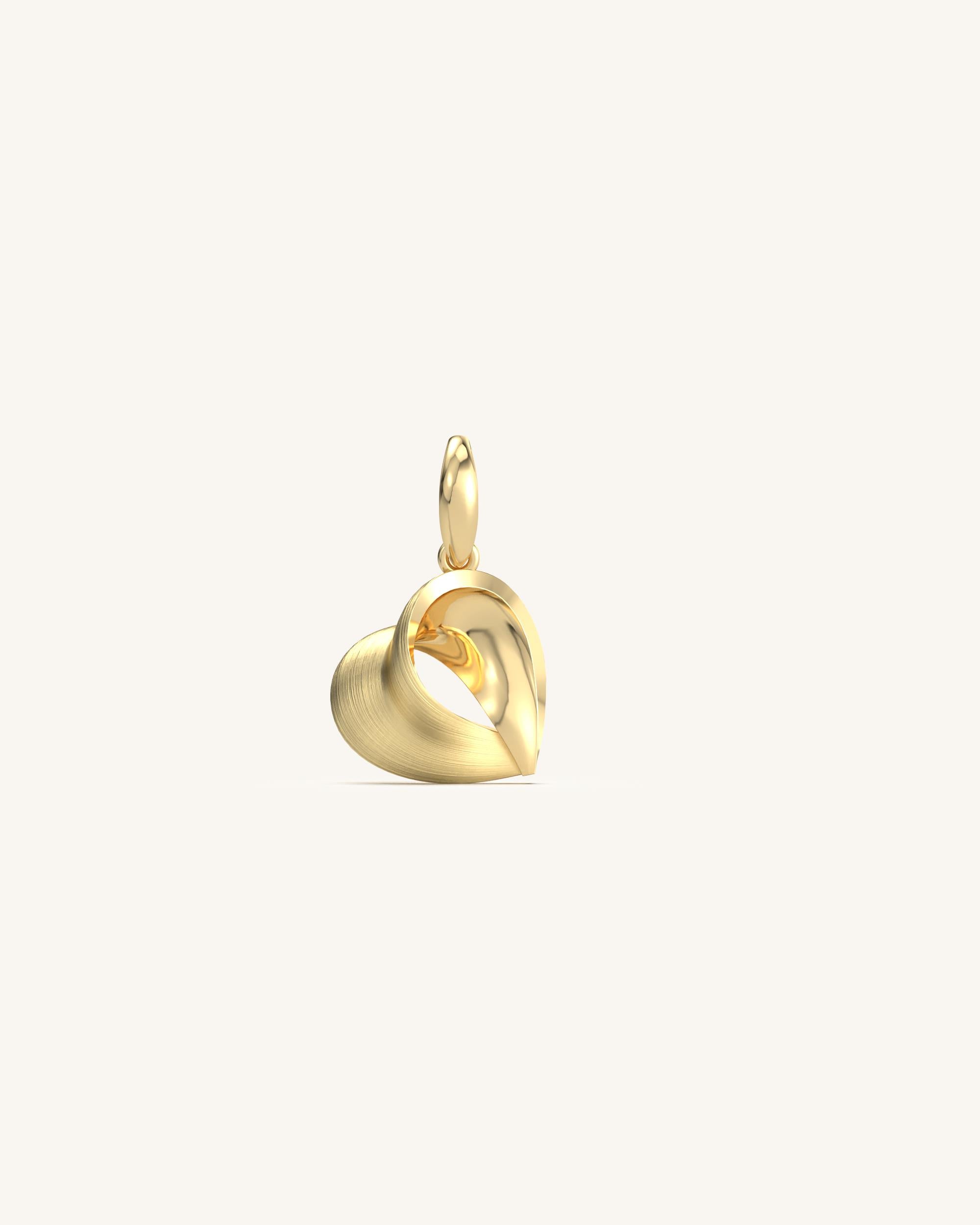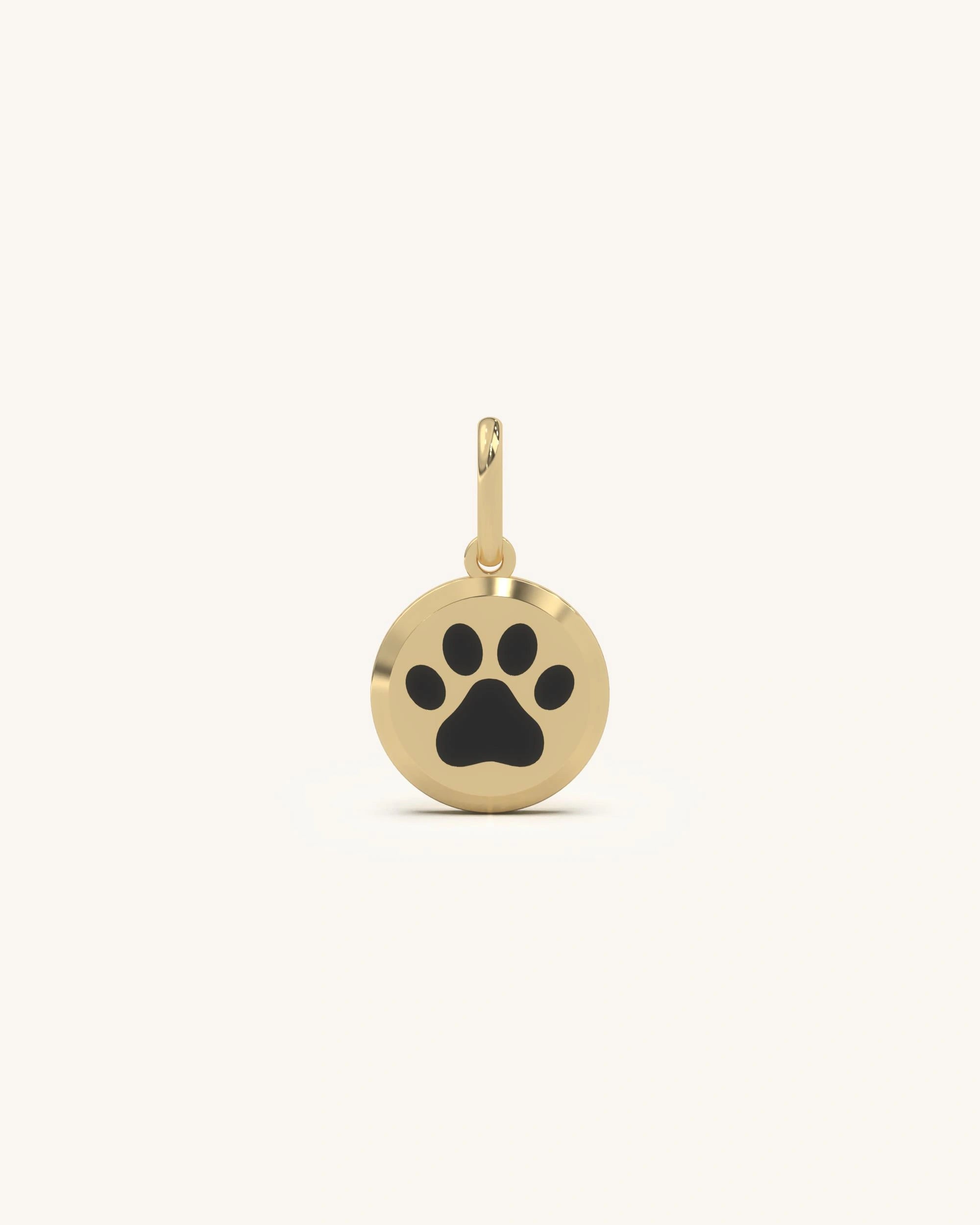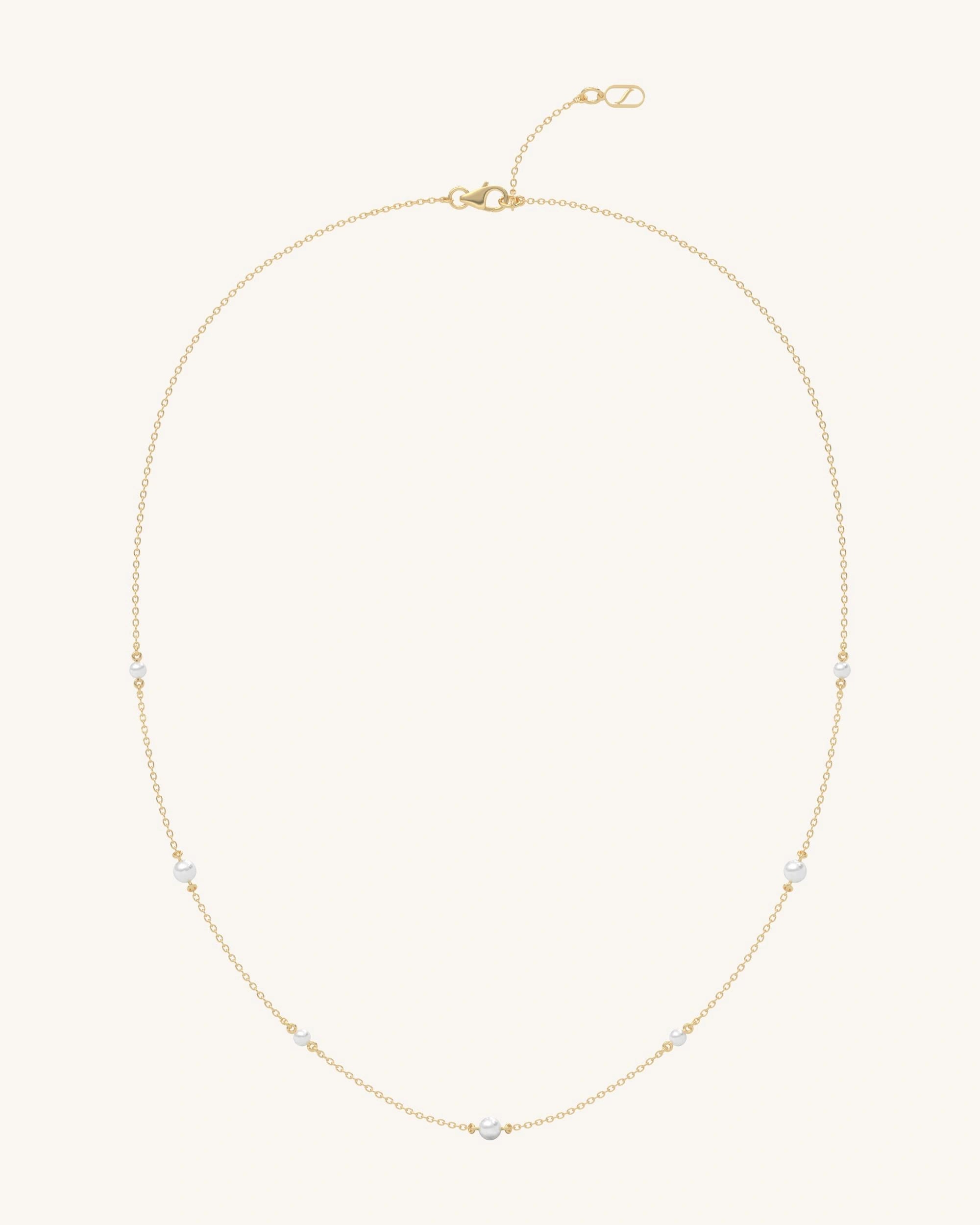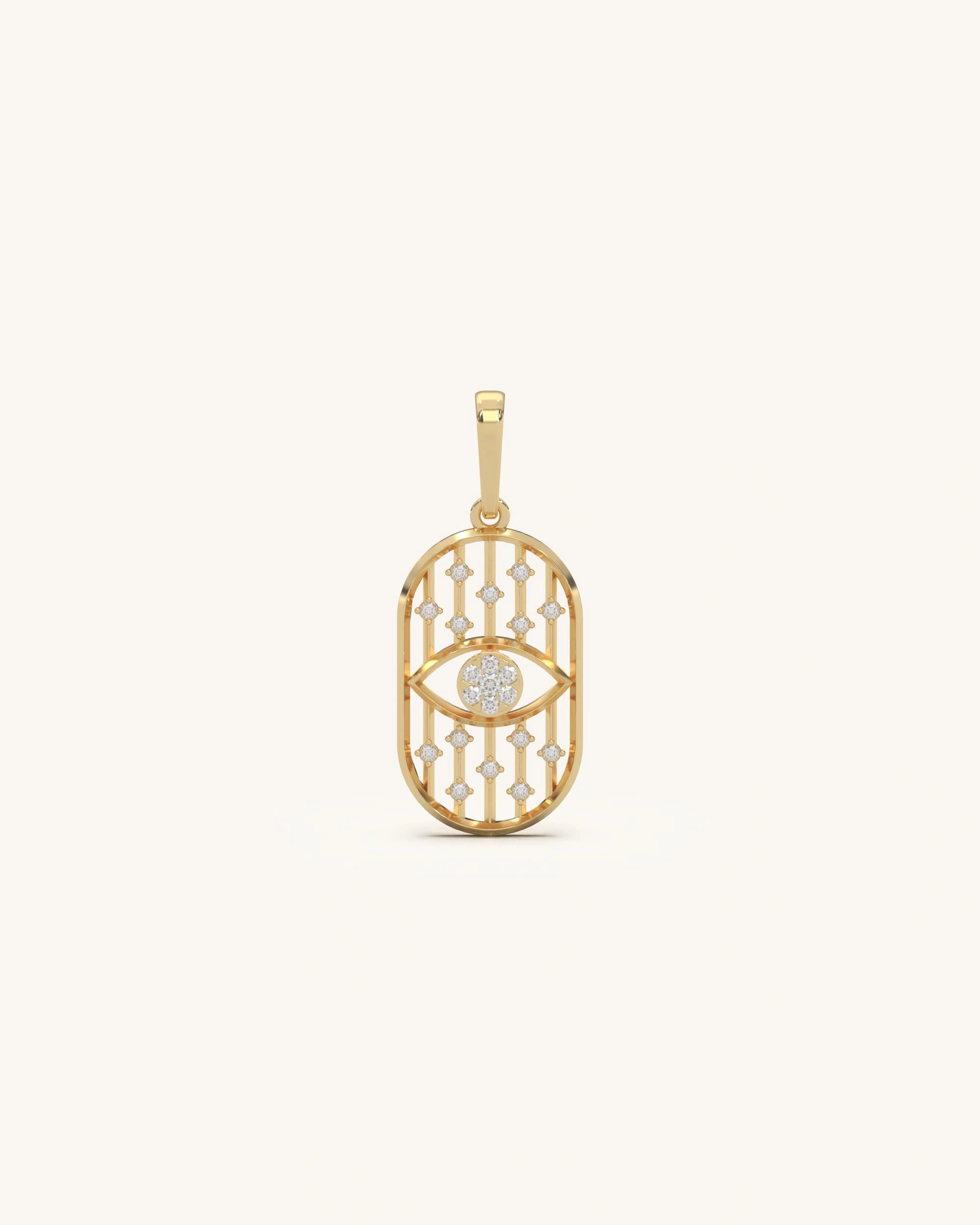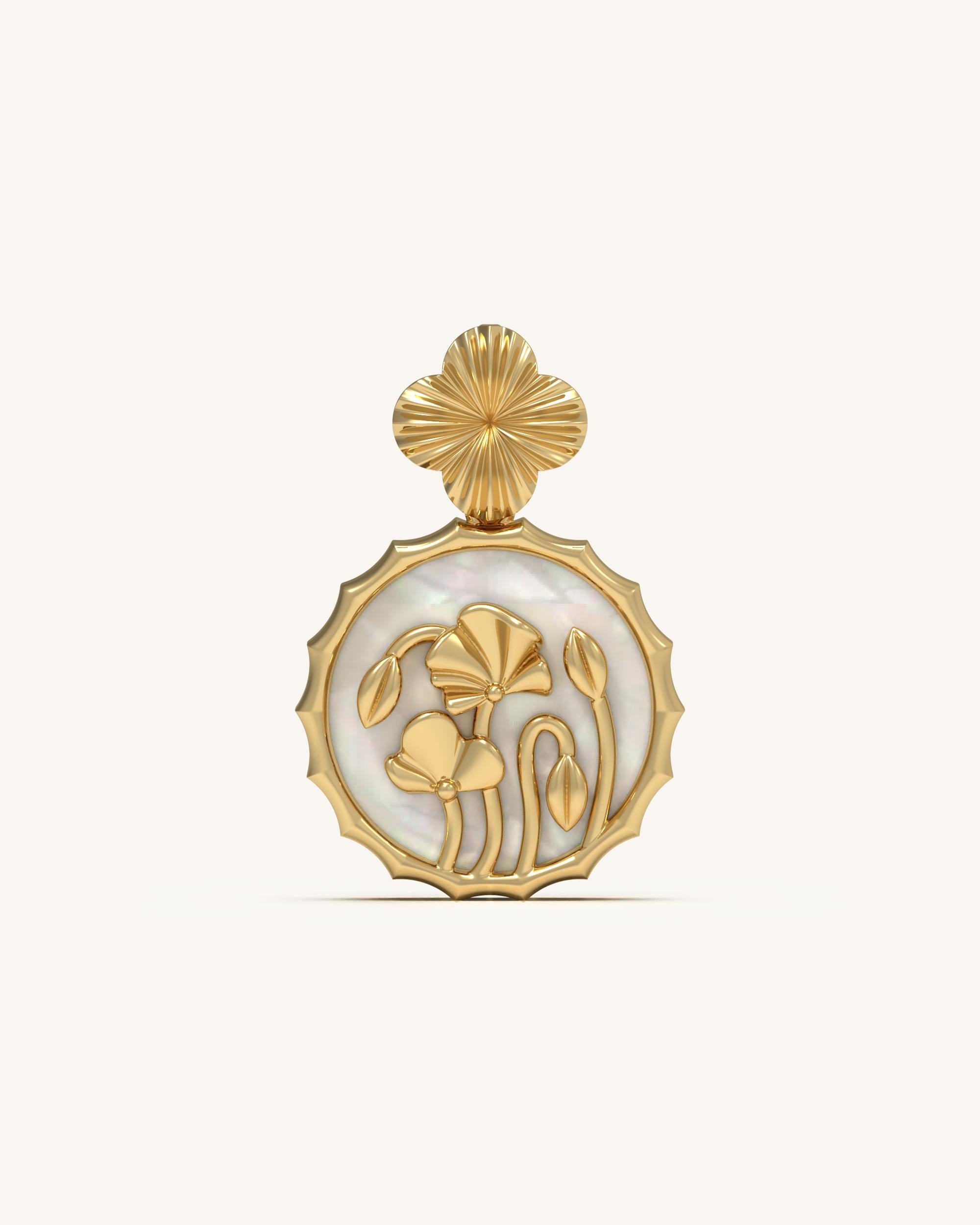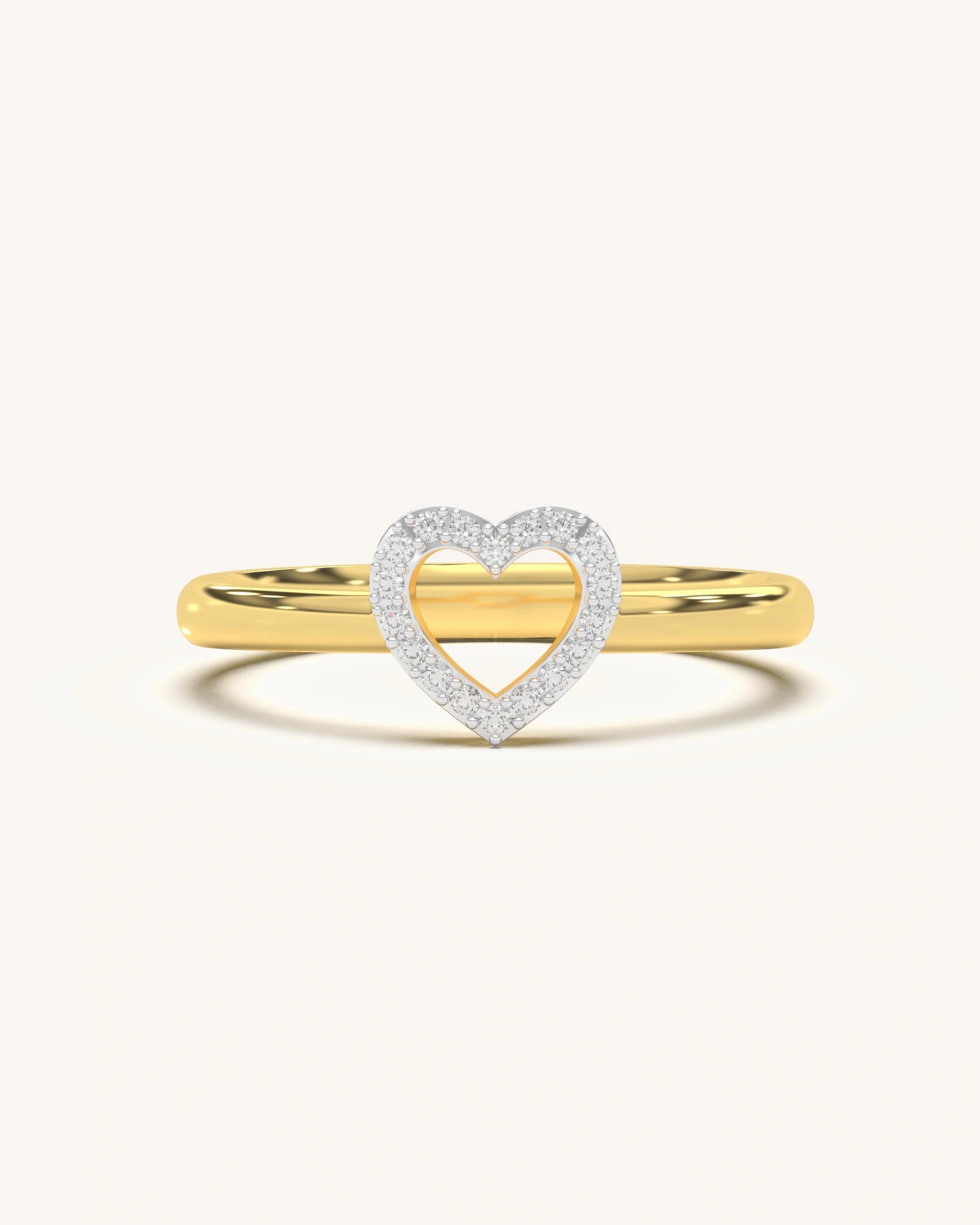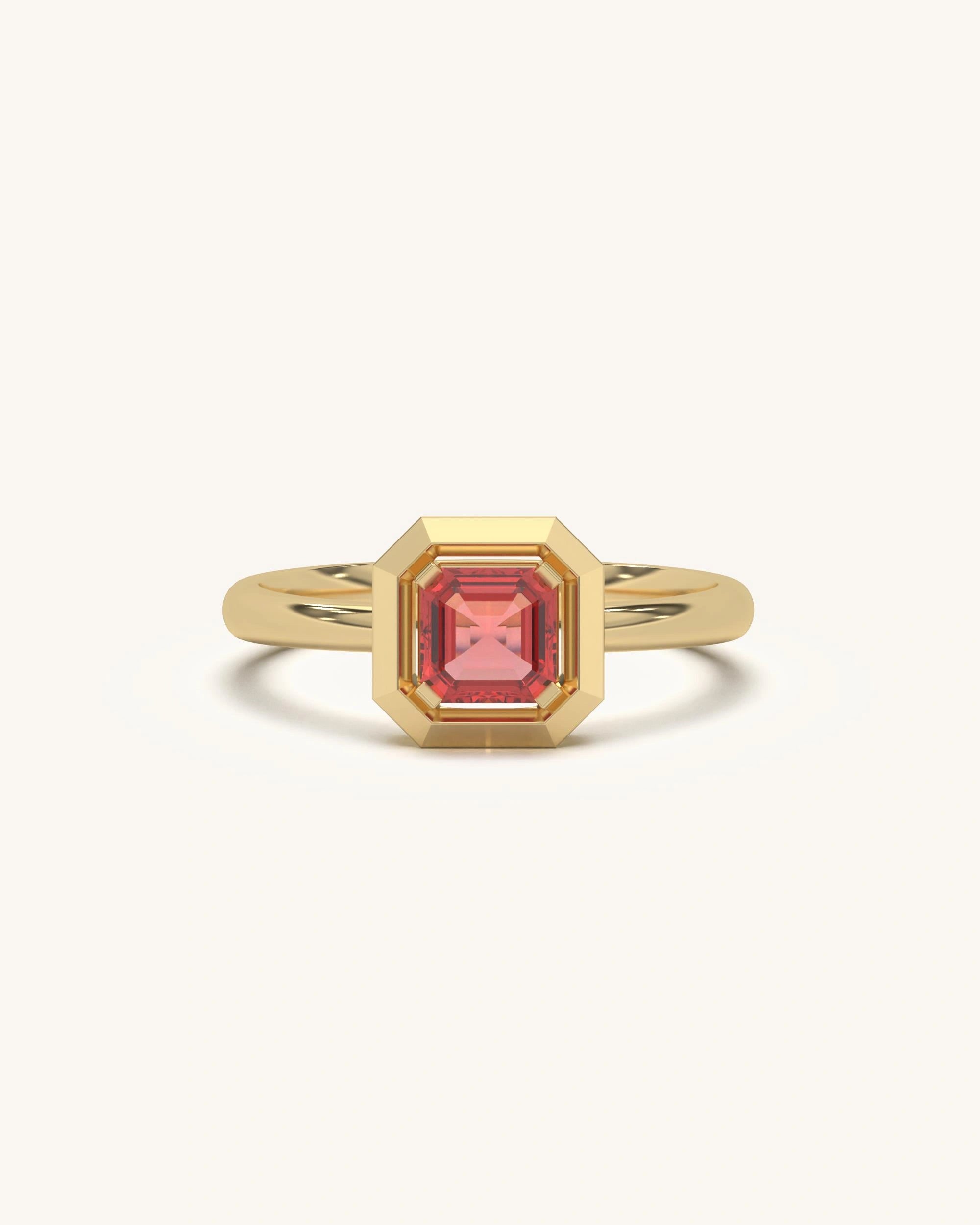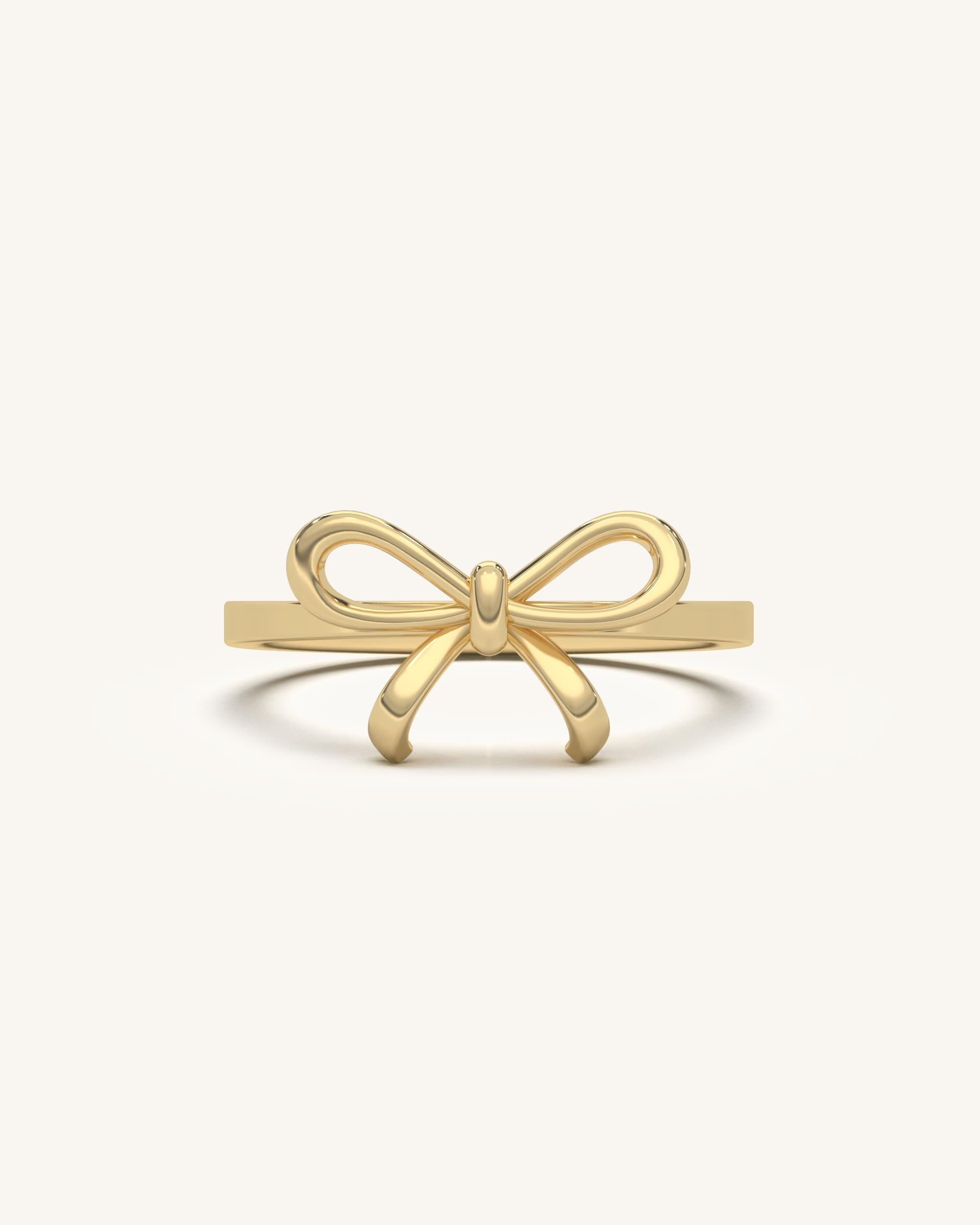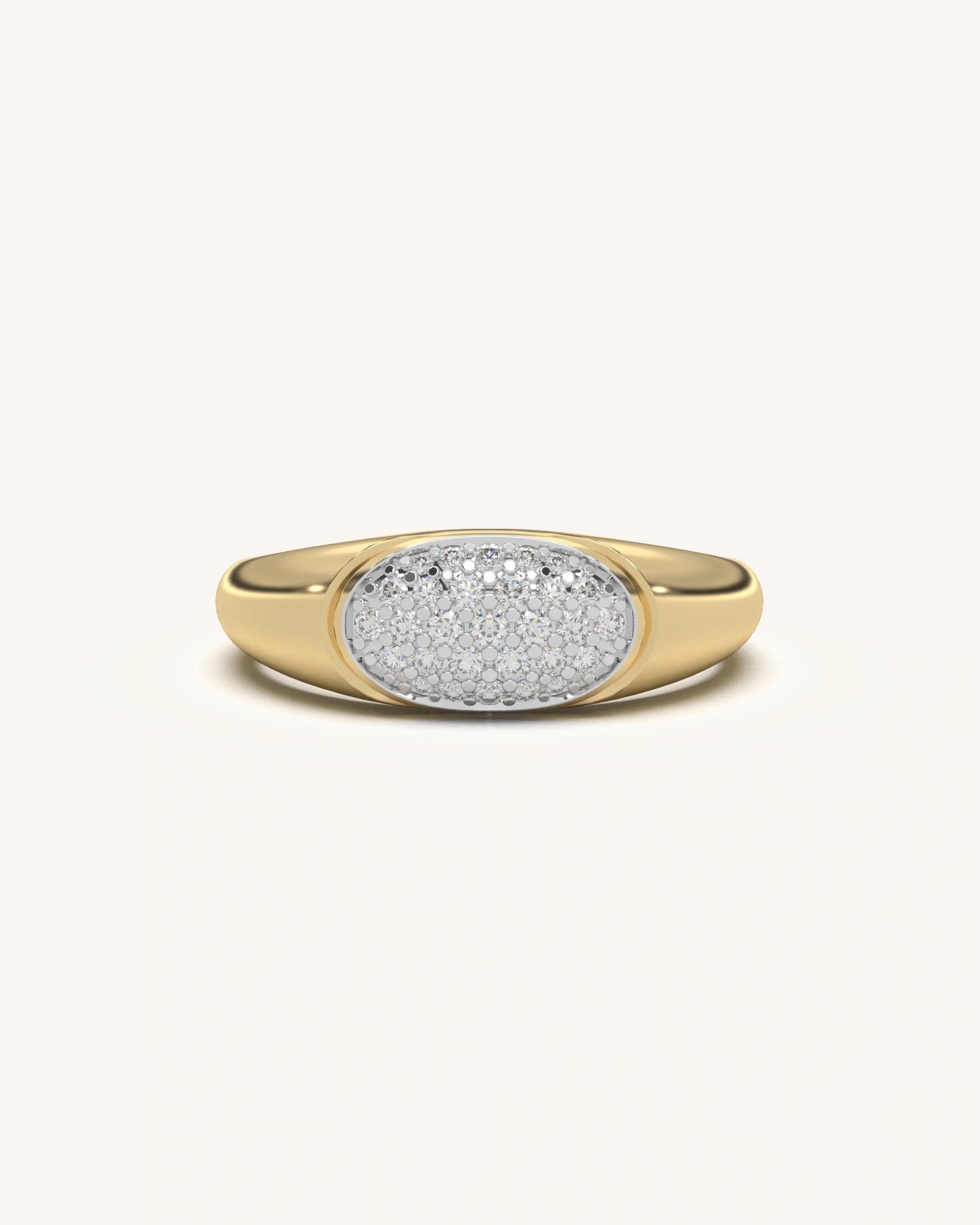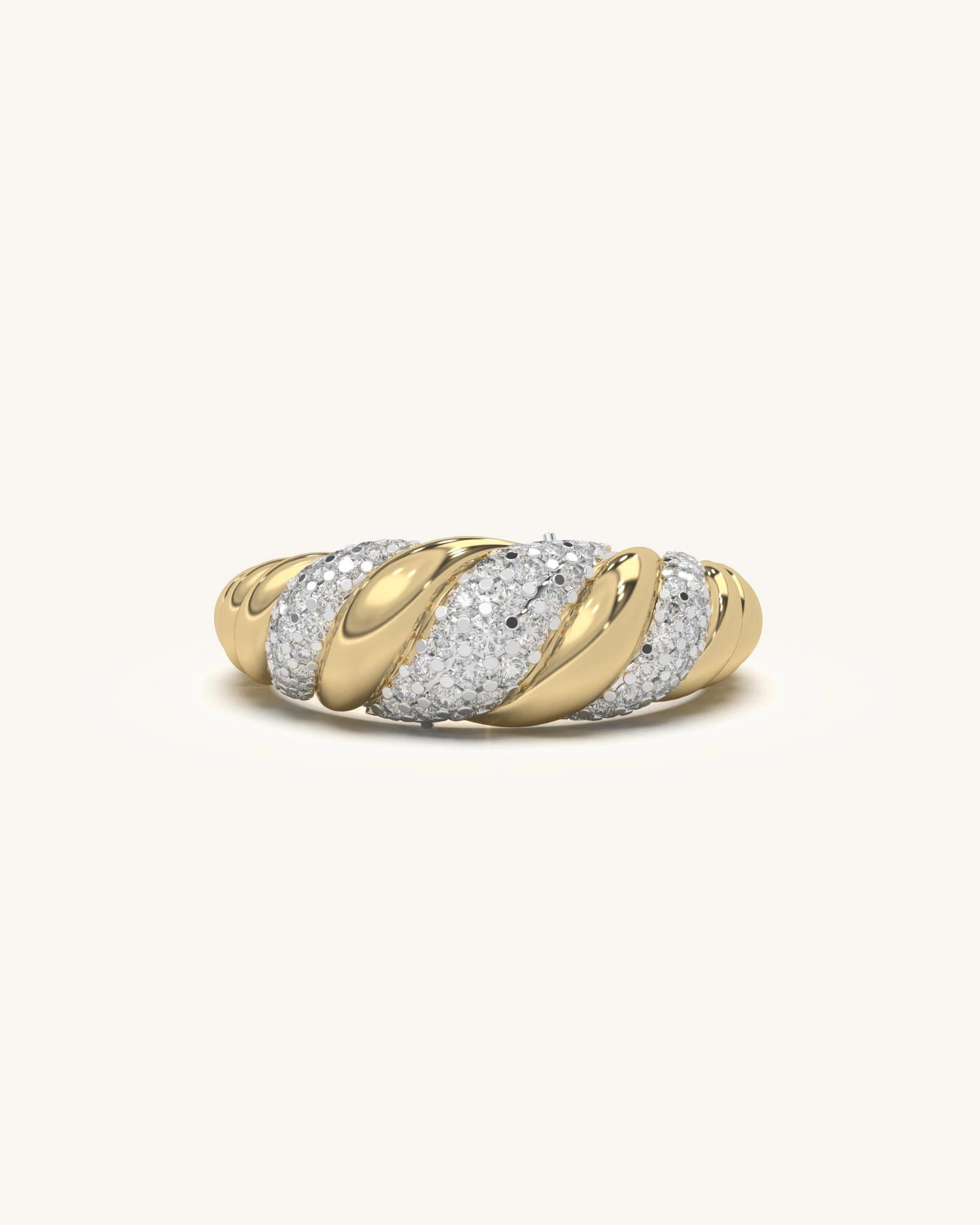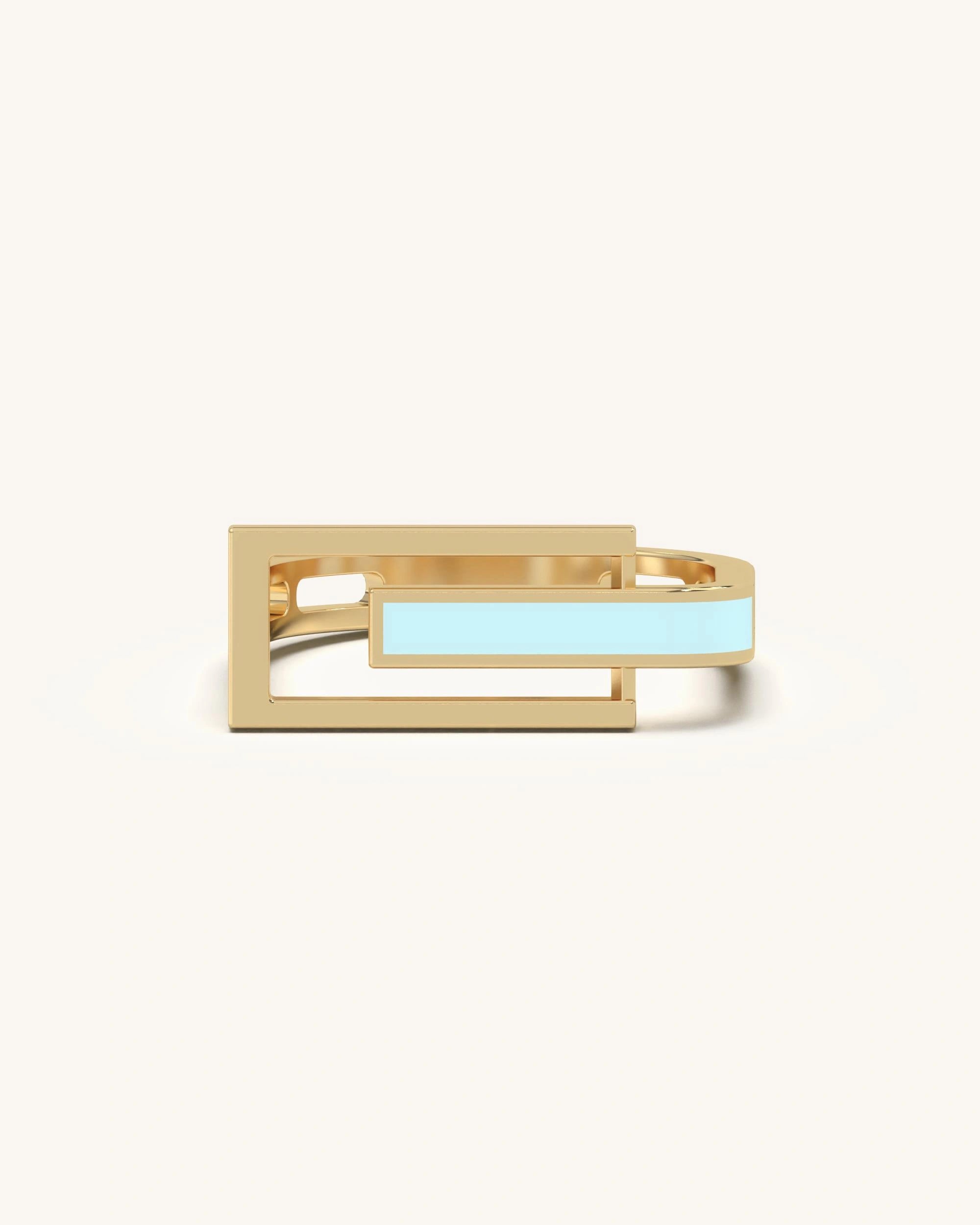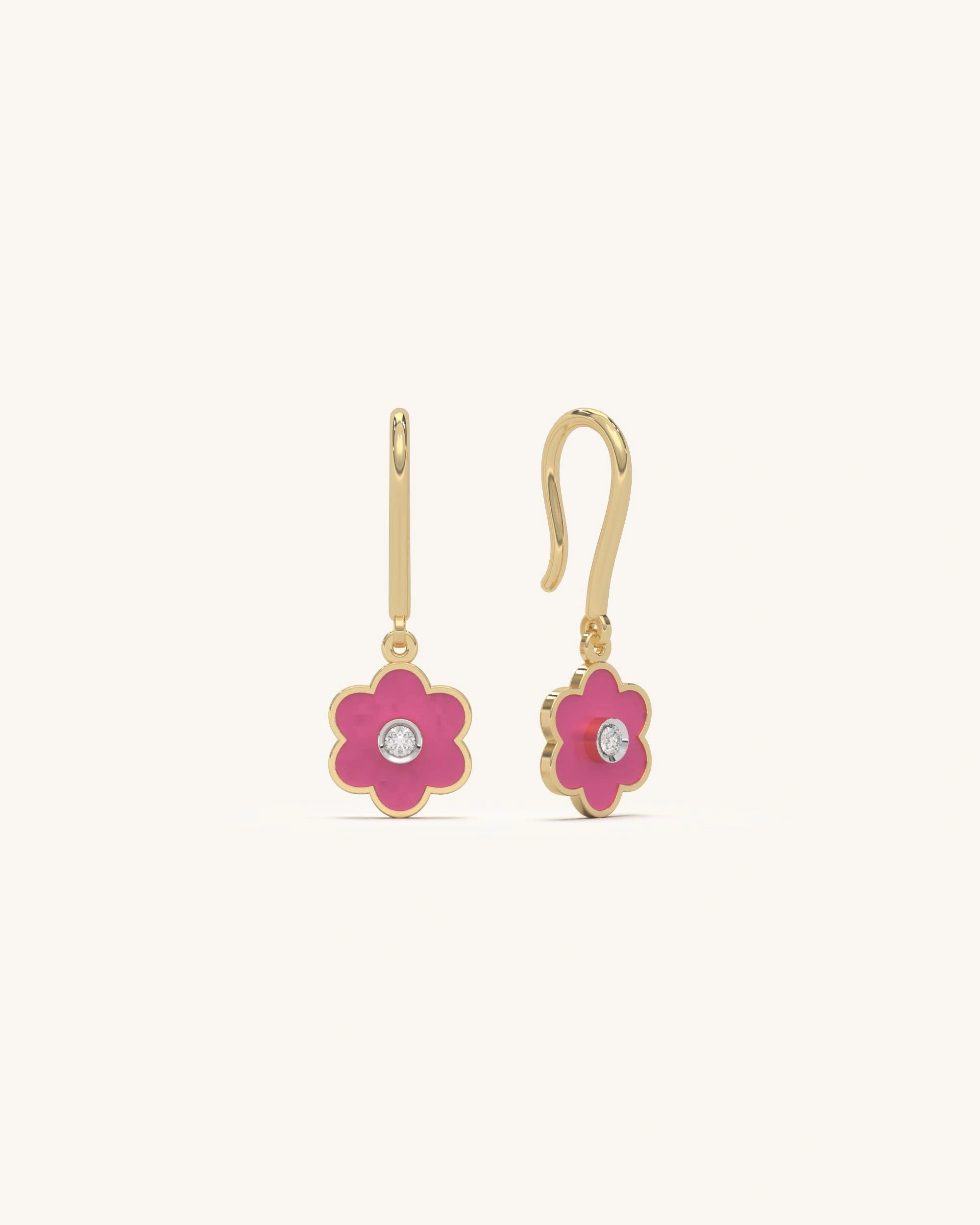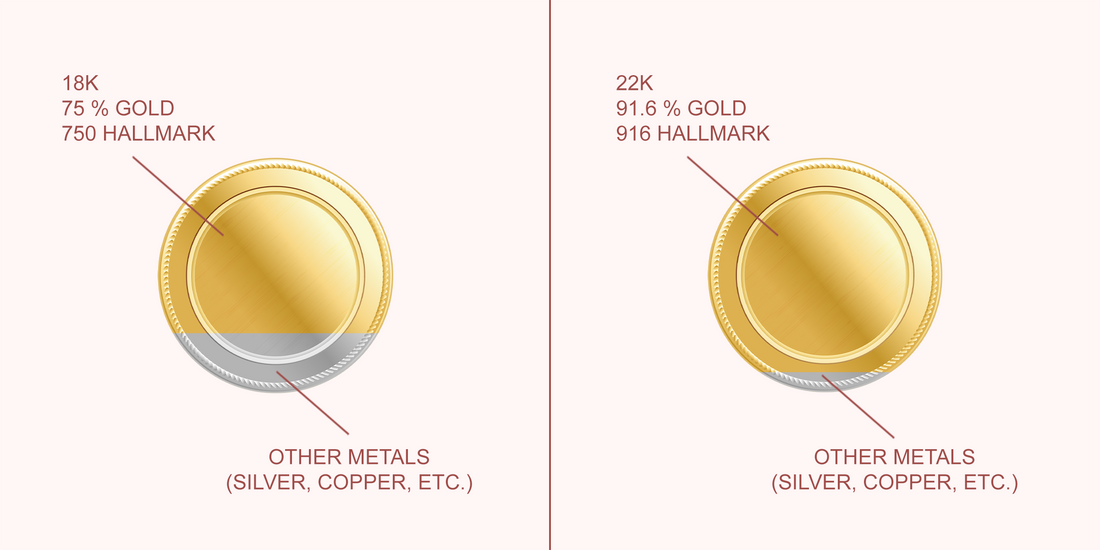
18K vs 22K Gold: Purity, Metals, Durability, Hallmark, Colour and More
Share
Understanding Gold Purity
Gold purity is measured in karats (not to be confused with carats for diamonds). Pure gold is 24 karats. The more alloyed metals mixed into it, the lower the karat, but often the higher the durability.
| Karat | Gold Content | Common Use |
| 24K | 99.9% | Pure gold, soft, coins |
| 22K | 91.6% | High-end traditional jewellery |
| 18K | 75% | Luxury daily wear |
| 14K | 58.5% | Fashion and modern jewellery |
Understanding the karat system helps you make a smarter, more personalised choice when shopping for gold jewellery.
18K Gold
18K gold is made up of 75% pure gold and 25% alloy metals like silver, copper, or zinc. This balance allows it to retain the lustre of gold while gaining the durability needed for everyday wear.
Key Benefits:
- Great balance of purity and strength
- Suitable for modern, detailed designs
- A harder alloy, it resists scratching better than pure gold.
22K Gold
22K gold is 91.6% pure gold, mixed with a small percentage of other metals. It offers a richer yellow hue and is commonly used in traditional Indian and Middle Eastern jewellery.
Pros of 22K:
- Beautiful natural colour
- Holds sentimental and resale value
- Preferred for bridal sets and heirlooms
However, its softness makes it more prone to bending or scratching.
18K vs 22K Gold – Key Differences
| Feature | 18K Gold | 22K Gold |
|---|---|---|
| Gold Purity | 75% gold (18 parts gold + 6 parts alloy metals) | 91.6% gold (22 parts gold + 2 parts alloy metals) |
| Other Metals | 25% (e.g., copper, silver, zinc, nickel) | 8.4% (usually copper or silver) |
| Karat Representation | 18 Karat or 750 gold | 22 Karat or 916 gold |
| Purity Stamp/Hallmark | Stamped as 750 | Stamped as 916 |
| Durability / Hardness | Harder and more durable | Softer and more malleable |
| Colour / Appearance | Slightly less yellow than 22K; subtle gold tone | Rich, deep yellow colour due to higher gold content |
| Suitable For | Daily-wear jewellery like rings, bracelets, watches | Wedding jewellery, coins, and traditional ornaments |
| Ideal For Stone Setting | Yes – better strength for holding gemstones | Less ideal – too soft to securely hold stones |
| Resistance to Scratches | More resistant due to added alloys | Less resistant – scratches more easily |
| Pricing | Less expensive than 22K (less gold content) | More expensive due to higher gold content |
| Resale Value | Lower than 22K | Higher due to greater purity |
| Common in Which Regions | Popular globally, especially in Europe & USA | Common in India, the UAE, and other Asian countries |
| Custom Jewellery Work | Preferred – holds shape well | Not ideal – bends easily during intricate work |
| Tarnishing | Less likely to tarnish due to harder metals | More prone to scratches and dulling over time |
| Investment Value | Lower (more alloy) | Higher (more pure gold) |
Which is More Durable – 18K or 22K?
18K gold is more durable because of its higher alloy content, making it ideal for rings, bangles, and pieces that see frequent handling. 22K gold, while purer, is softer and better suited for occasional or ceremonial wear.
Visual Appeal – Colour and Shine
22K gold has a naturally vivid yellow tone, making it popular in traditional jewellery. Meanwhile, 18K gold can have a variety of tones (yellow, rose, white), which gives designers more creative freedom, like what you see in signature designs.
Affordability and Investment Value
While 22K gold holds a slightly better resale value due to its purity, 18K offers better value for wearable beauty. It’s less costly, yet more wearable, which makes it a smarter lifestyle investment.
Is 22K Gold Better for Traditional jewellery?
Absolutely. For heritage sets, cultural functions, and bridal wear, 22K is often the go-to. It carries a deeper emotional and visual richness and is commonly passed down through generations.
Why 18K Gold is the Best for Modern Jewellery
Modern lifestyles demand pieces that can endure daily wear and match dynamic fashion sensibilities. 18K gold hits the sweet spot between elegance, durability, and affordability.
How to Choose Between 18K and 22K Gold
Choose 18K if:
- You want a durable, everyday option
- You’re style-conscious
- You want more design variety
Choose 22K if:
- You value tradition and investment
- You need ceremonial or bridal pieces
- You're gifting heirloom-quality jewellery
Maintenance Tips for 18K and 22K Gold
- Clean with warm water and mild soap
- Use a soft cloth for polishing
- Store separately to avoid scratches
- Avoid contact with harsh chemicals
Common Myths About Gold Karats
- Myth: 22K is always better than 18K → Not if you want daily wear durability!
- Myth: 18K tarnishes quickly → Not if properly maintained!
- Myth: You can't get stylish jewellery in 14K/18K → Have you seen collections?
How to Identify Authentic 18K and 22K Gold
- Look for hallmarks like "18K" or "750" and "22K" or "916"
- Ask for BIS certification or equivalent
- Use a magnet or acid test if unsure
Buyer’s Checklist Before You Shop
- Confirm gold purity
- Ask for certifications
- Research the jeweller’s reputation
- Check return/exchange policies
- Know your size and style preferences
Conclusion
Ultimately, your choice depends on how and when you plan to wear your jewellery. For tradition and sentiment, 22K shines bright. But for modern life, with its hustle and high-fashion moments.
FAQs
1. Is 18K gold real gold?
Yes, 18K gold is 75% pure gold, making it both genuine and durable.
2. Can 22K gold be used for engagement rings?
Technically, yes, but it's softer and less ideal for daily wear compared to 18K.
3. Is 18K gold a good investment?
Yes, it offers strong resale value and daily utility, making it a smart lifestyle investment.
4. Does 18K gold fade over time?
Not if maintained well, regular polishing keeps it shiny and new.
5. Which gold is better for daily use?
18K gold is preferred due to its superior strength.
